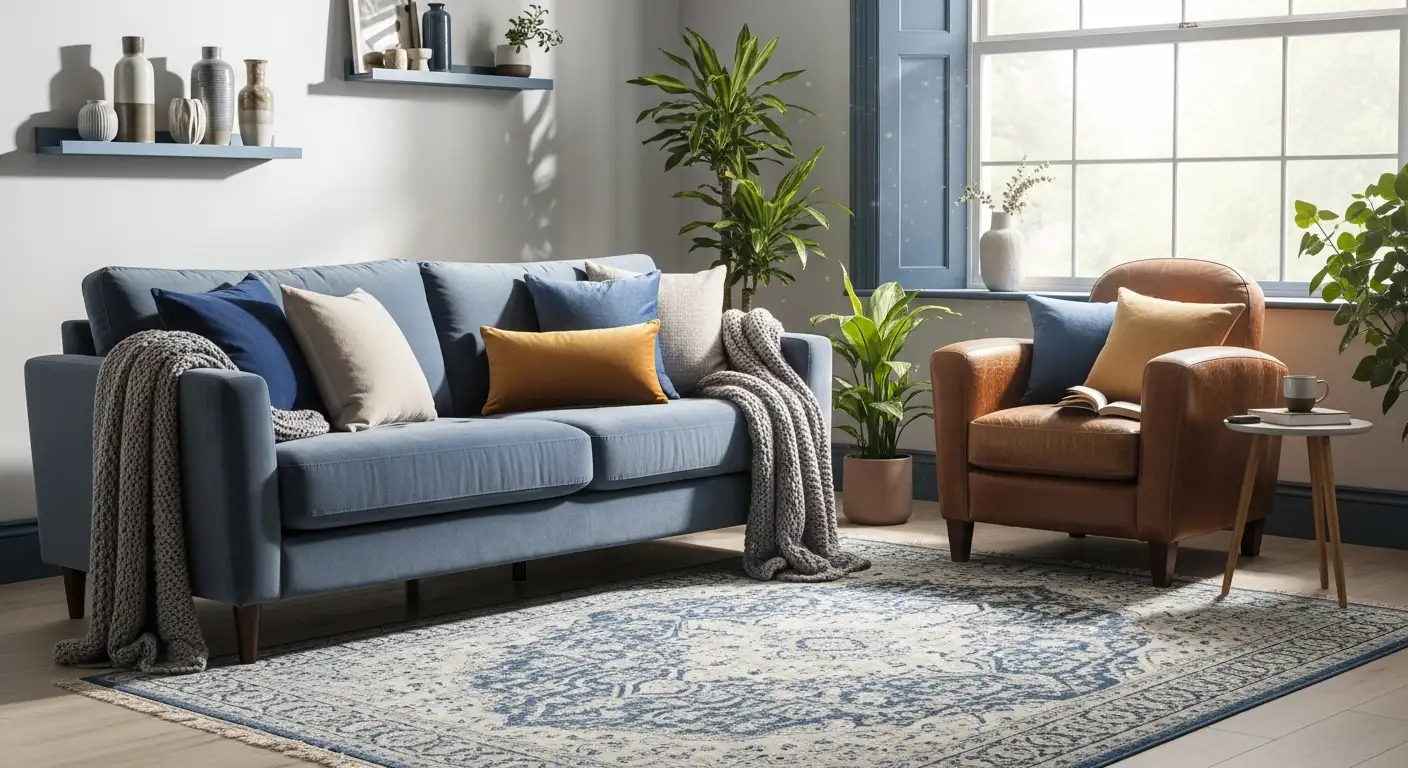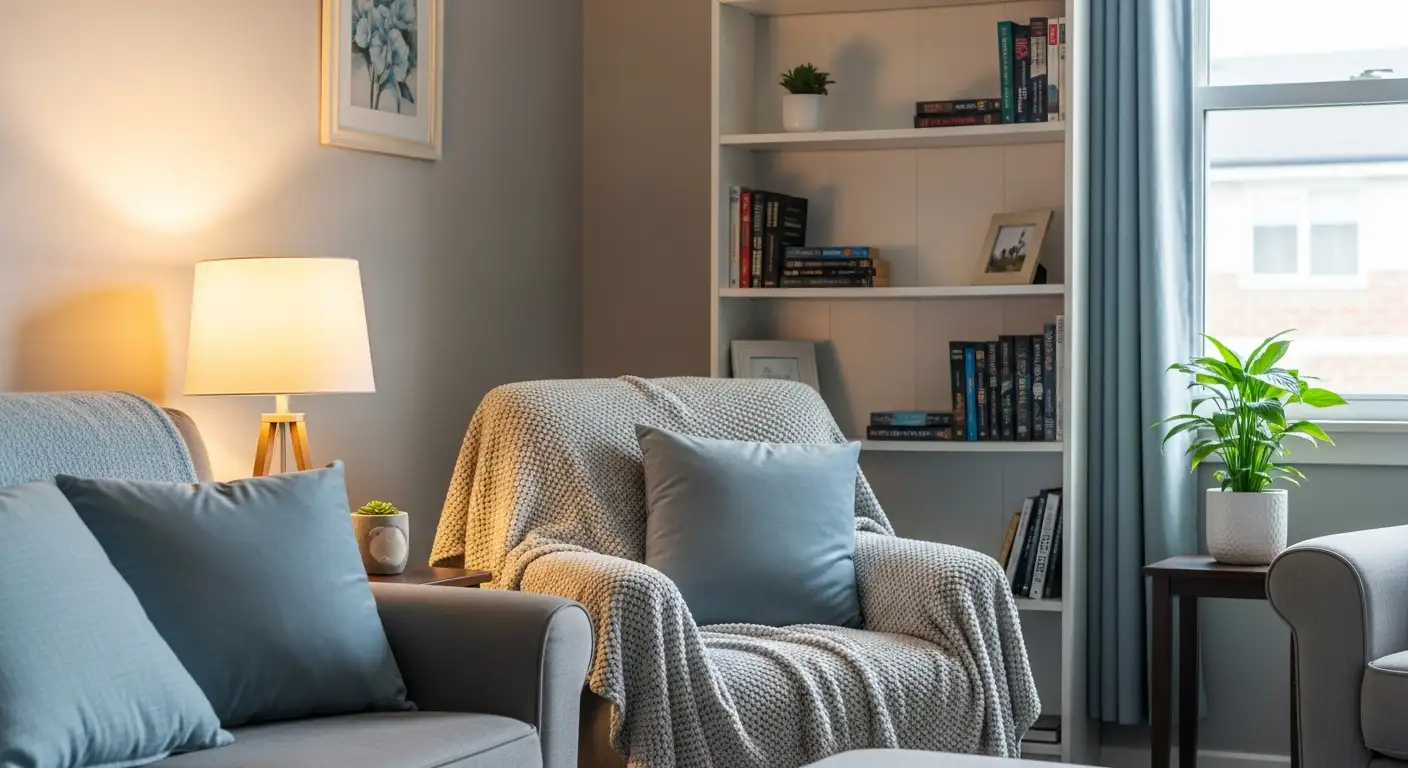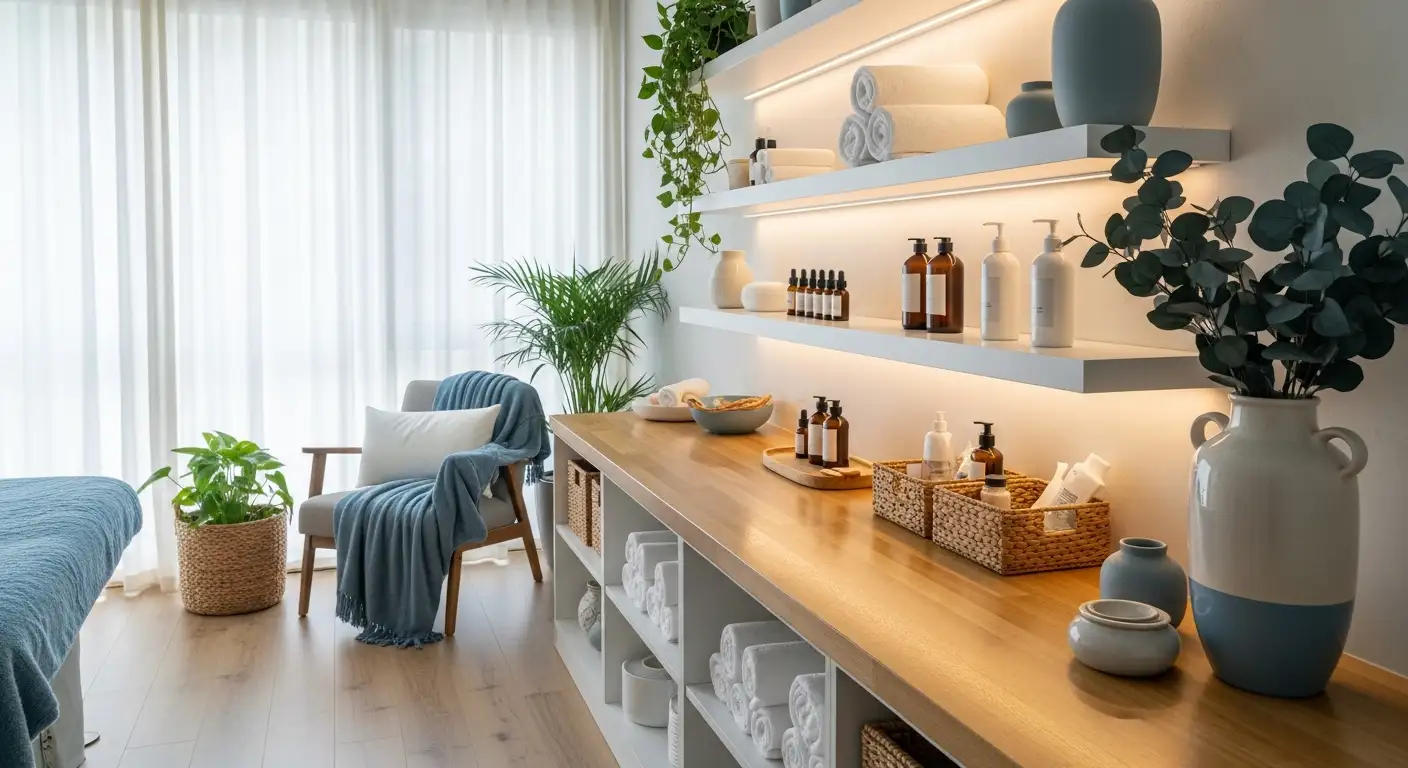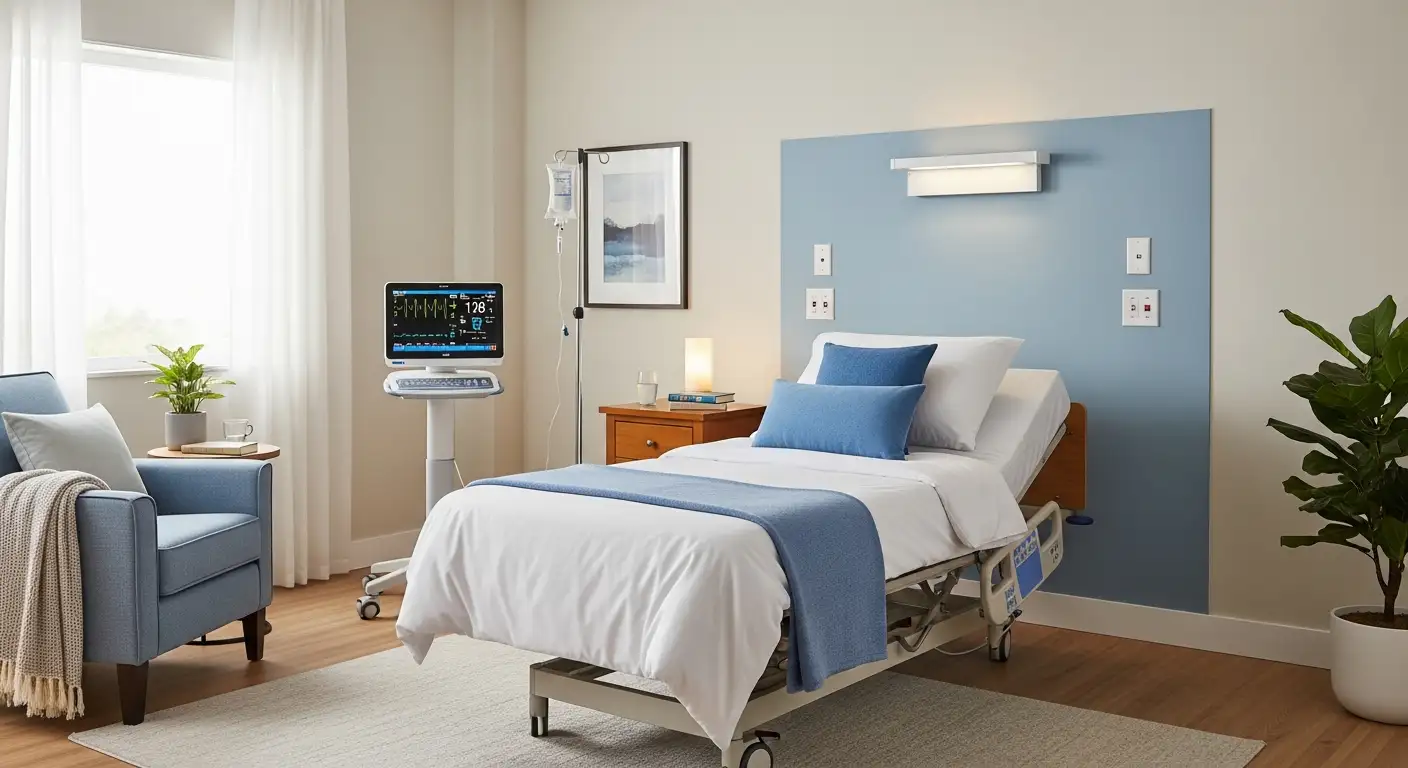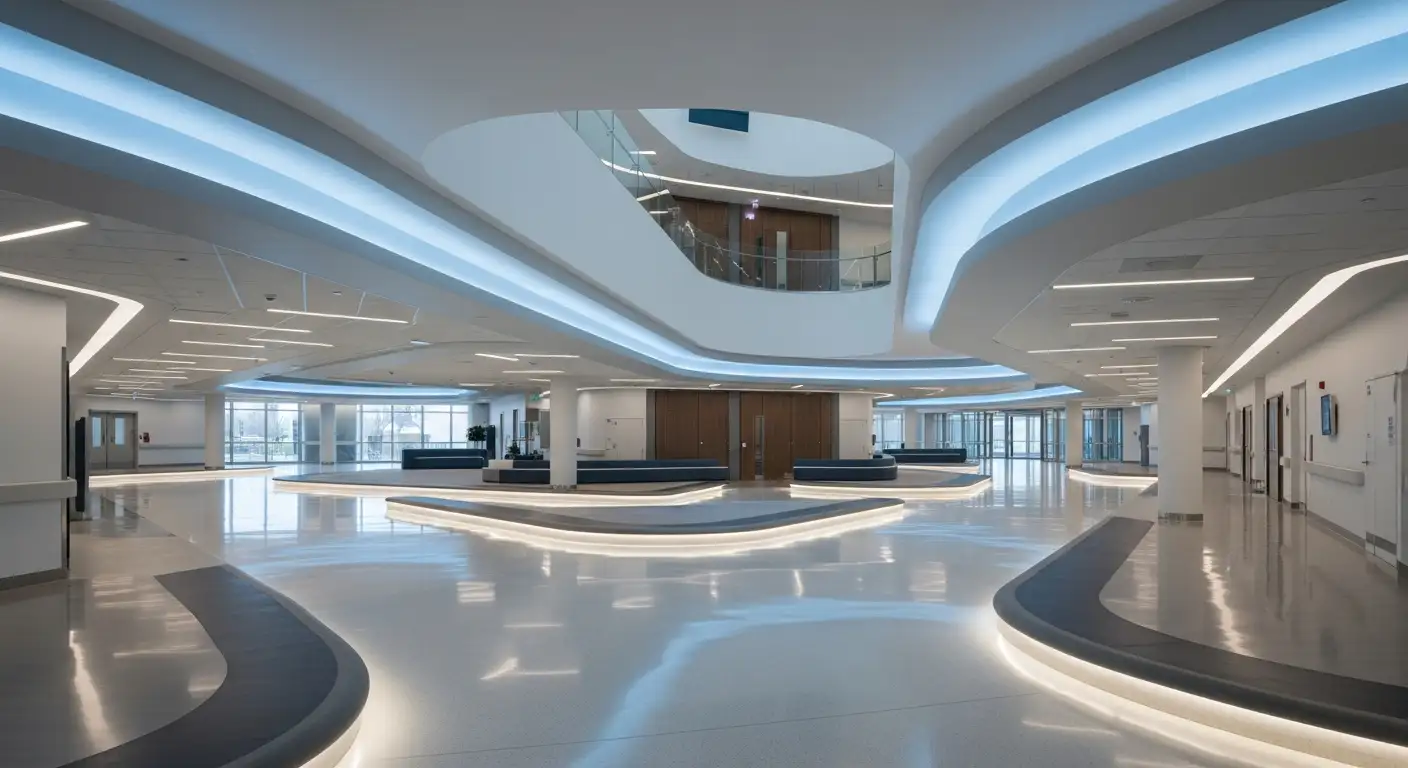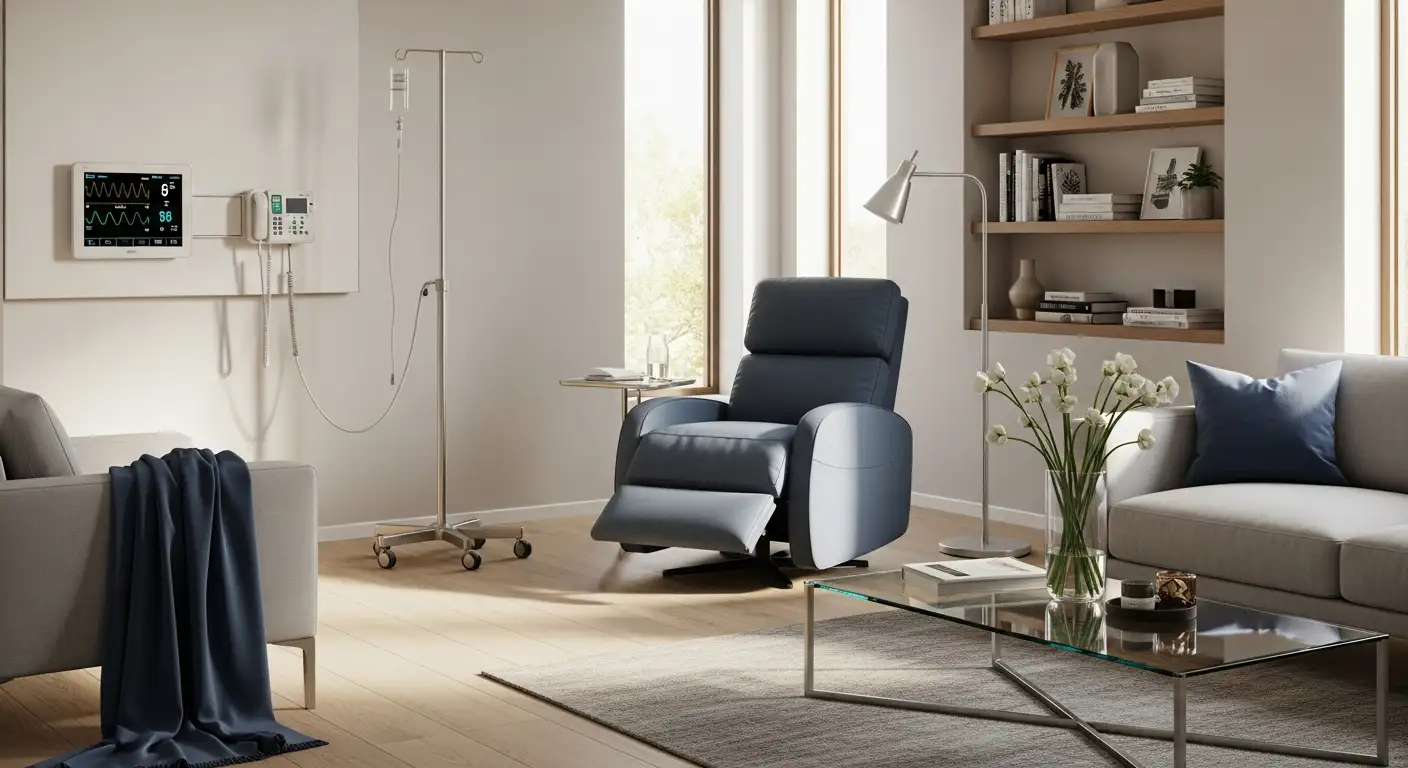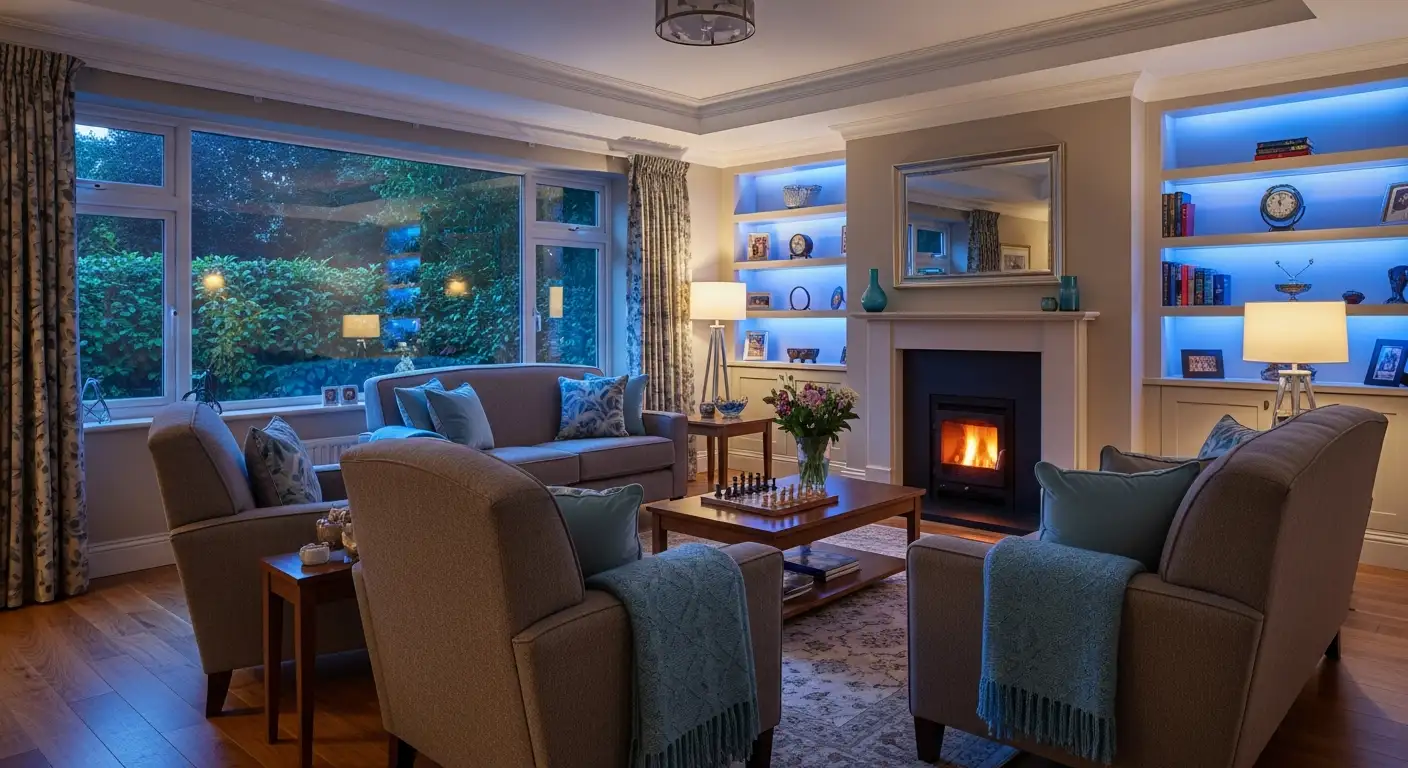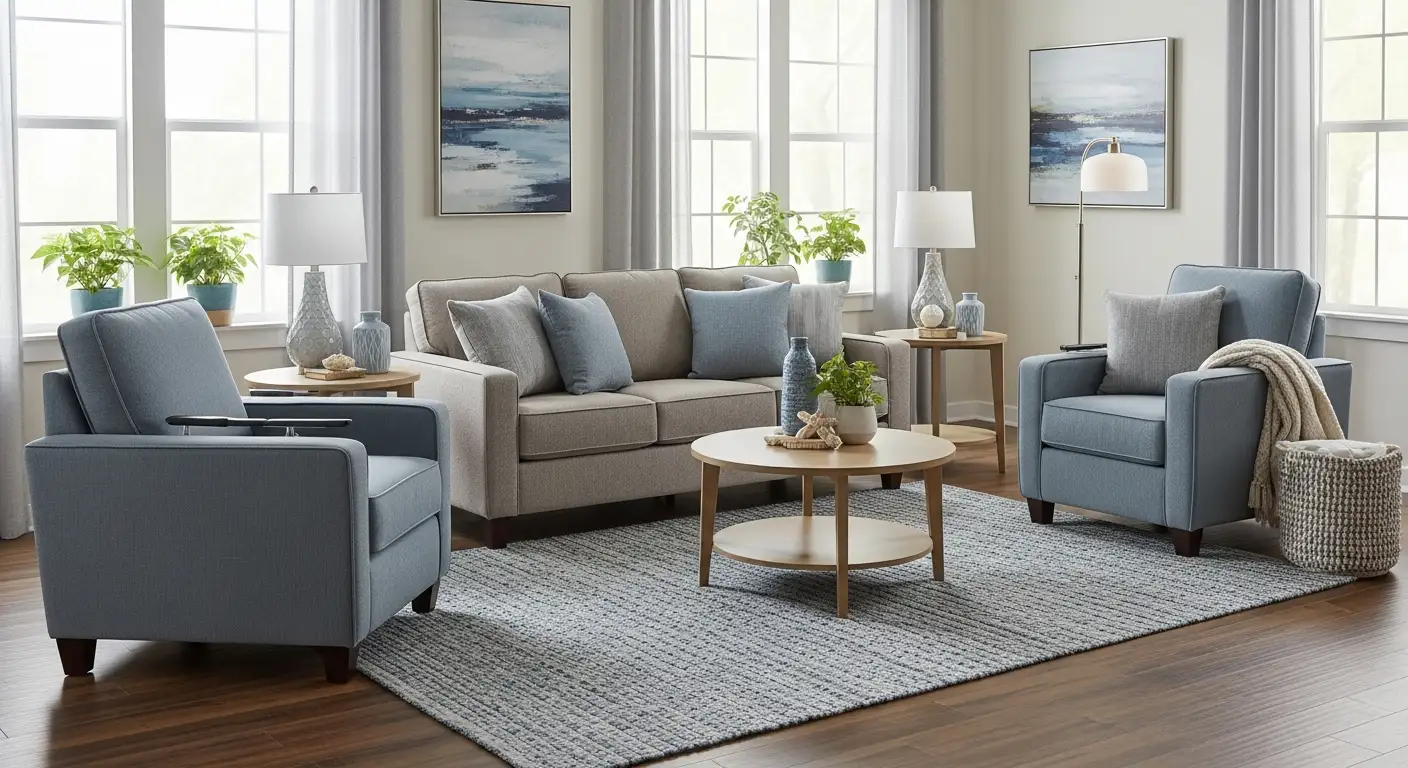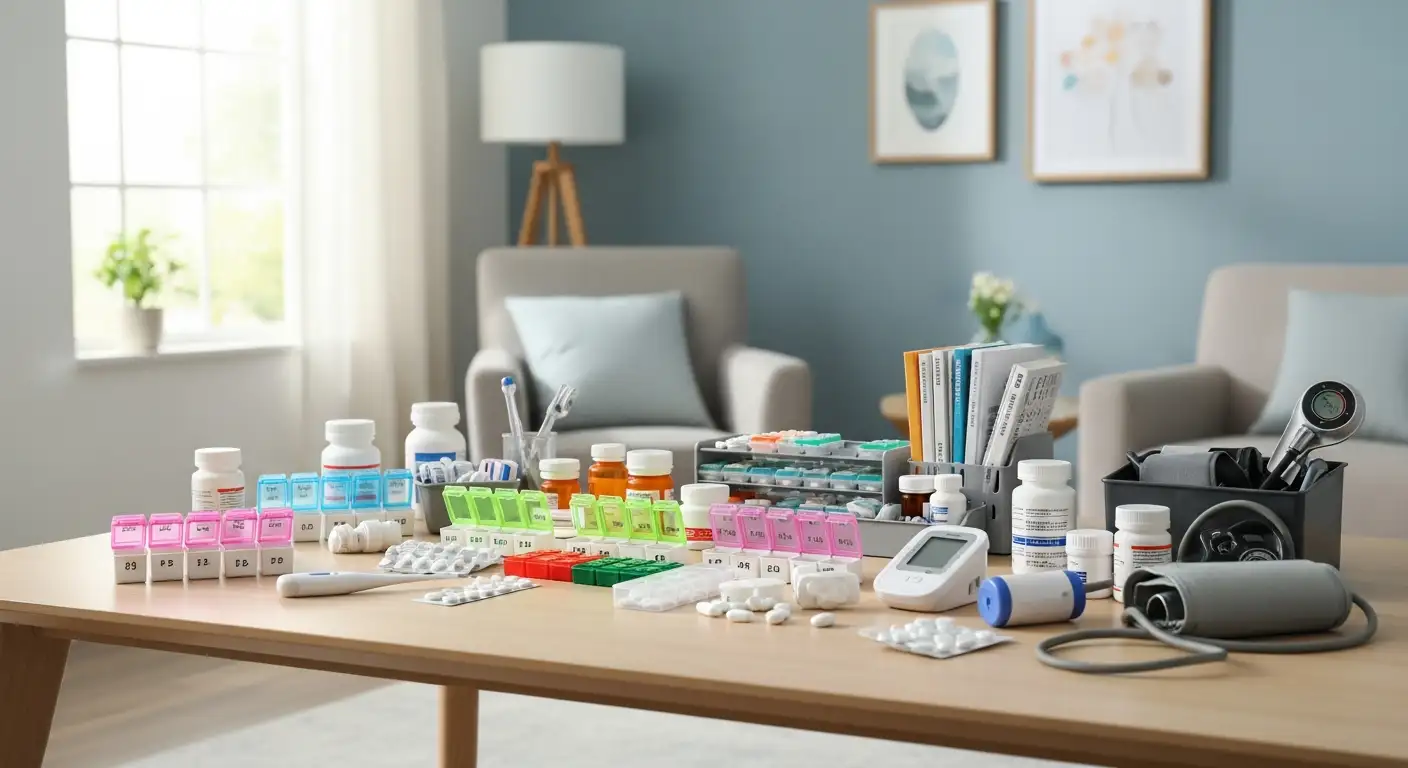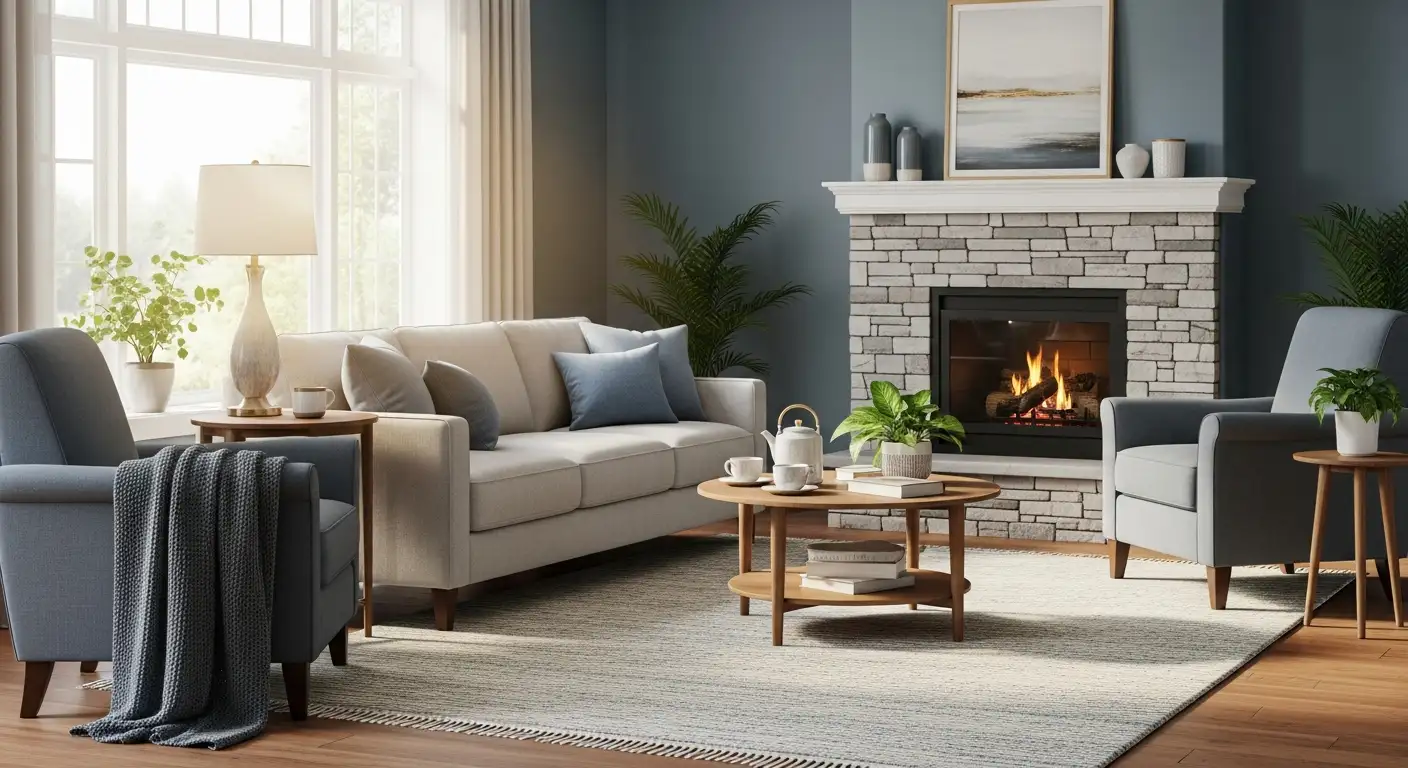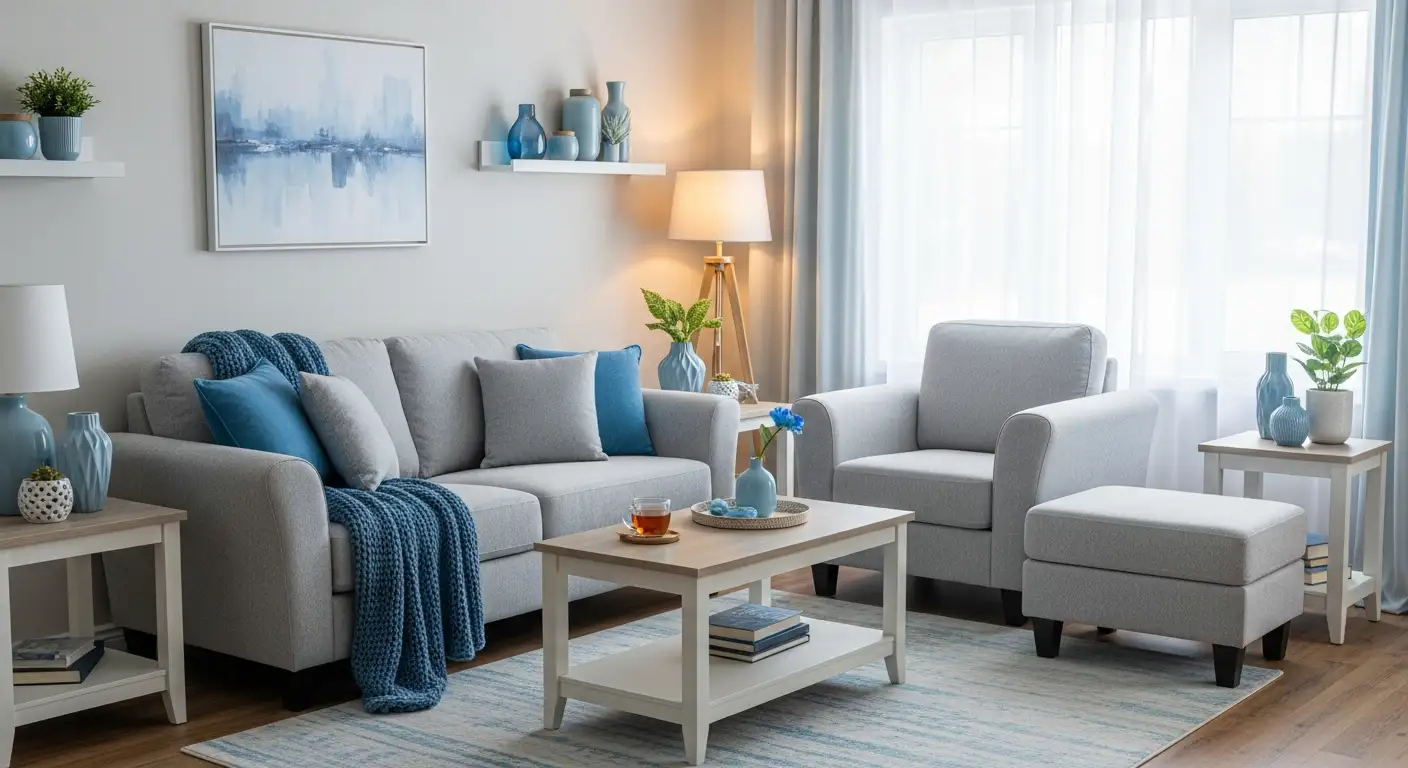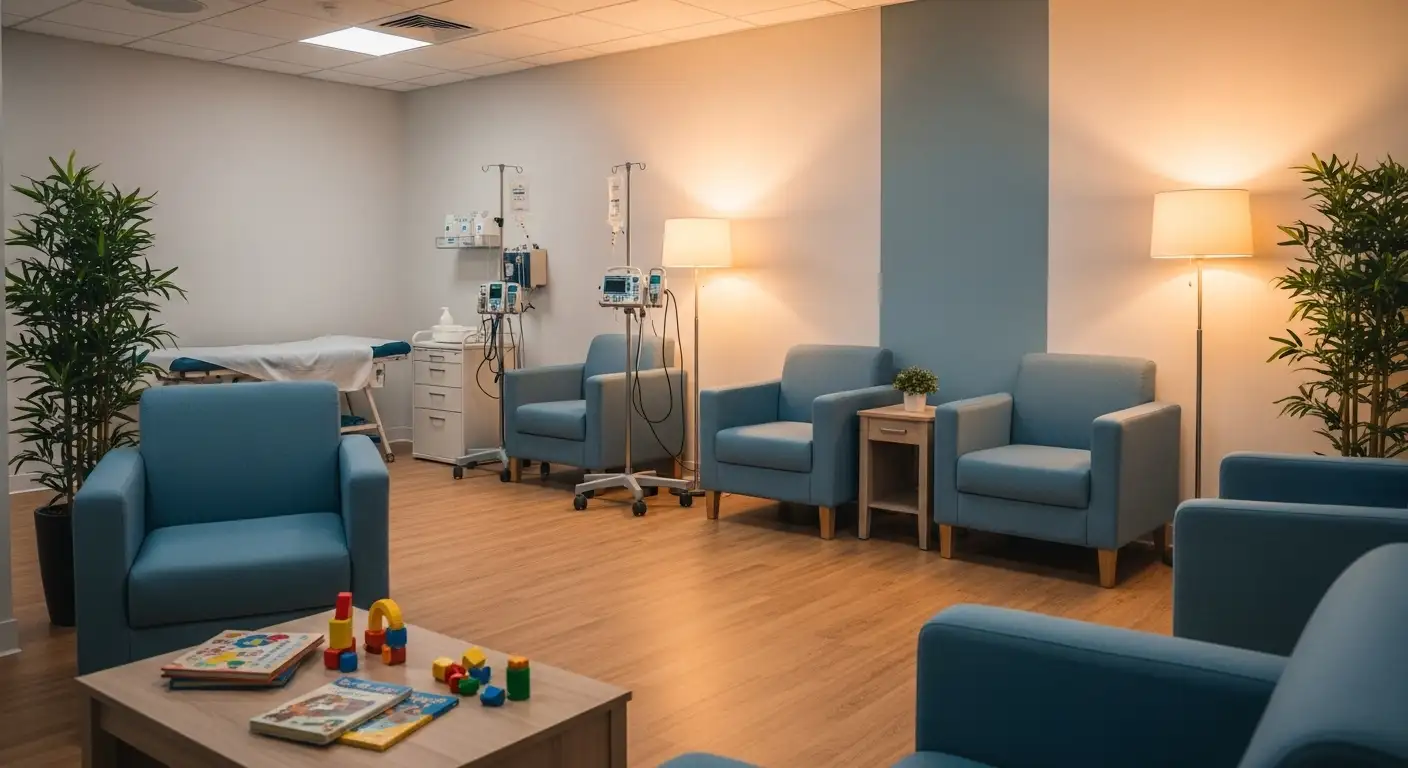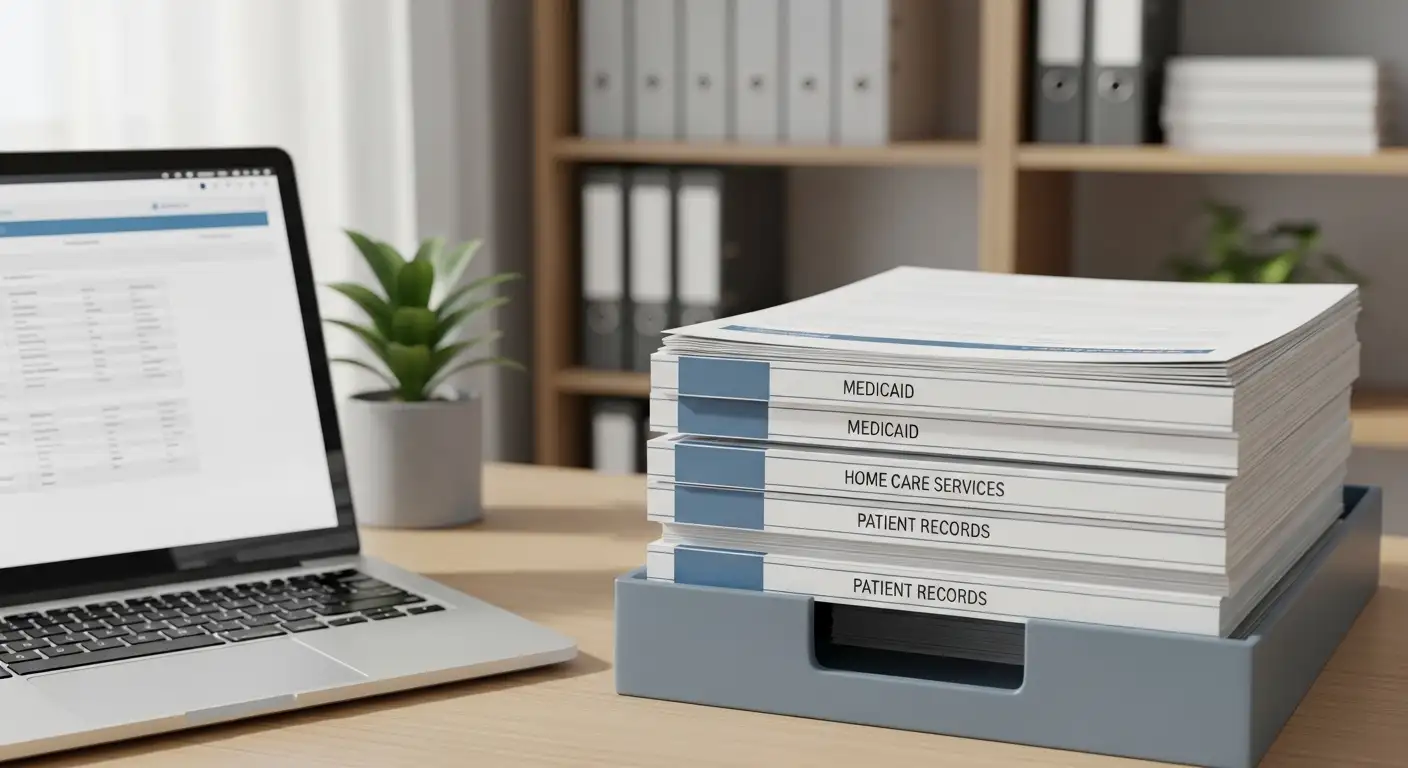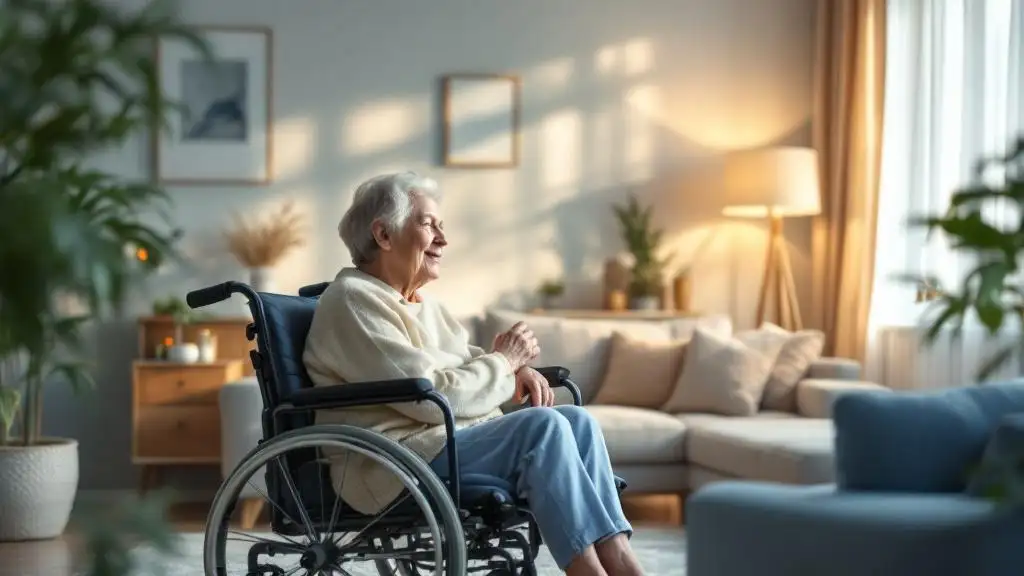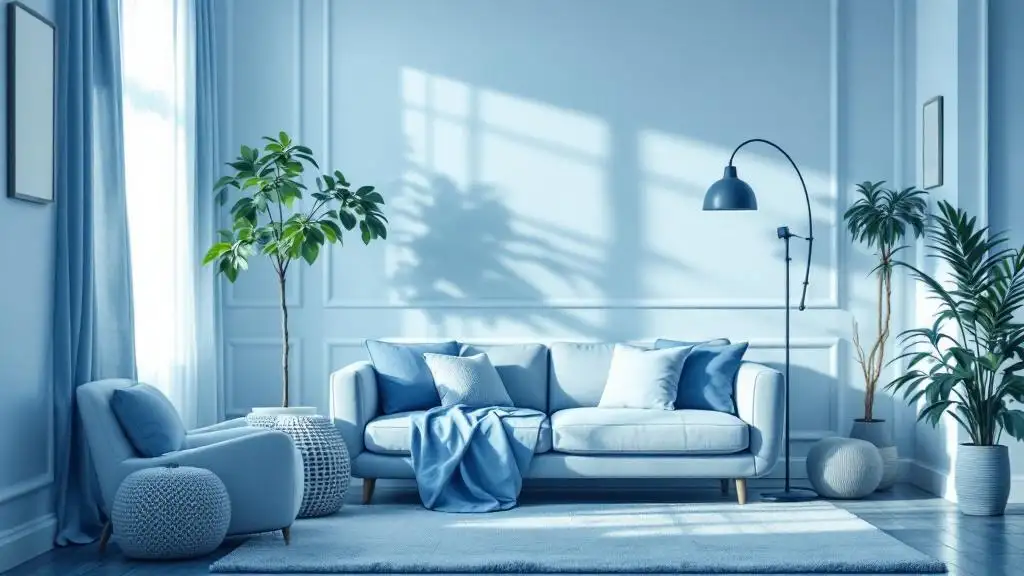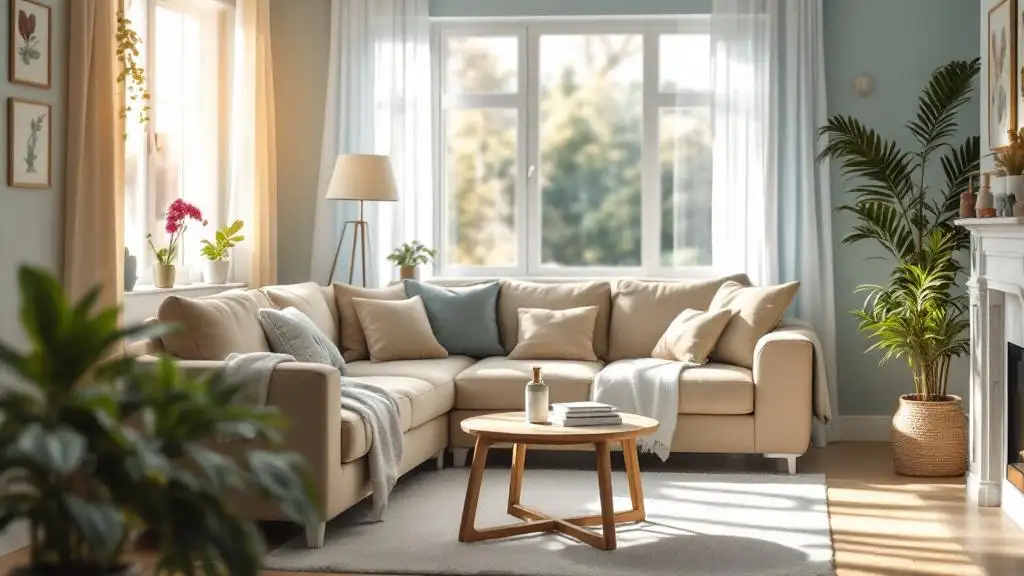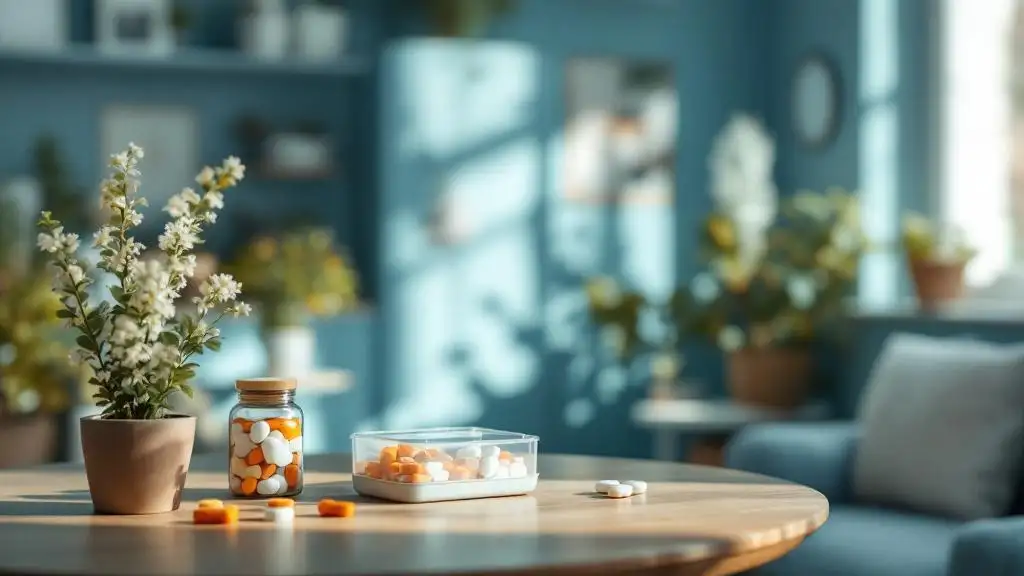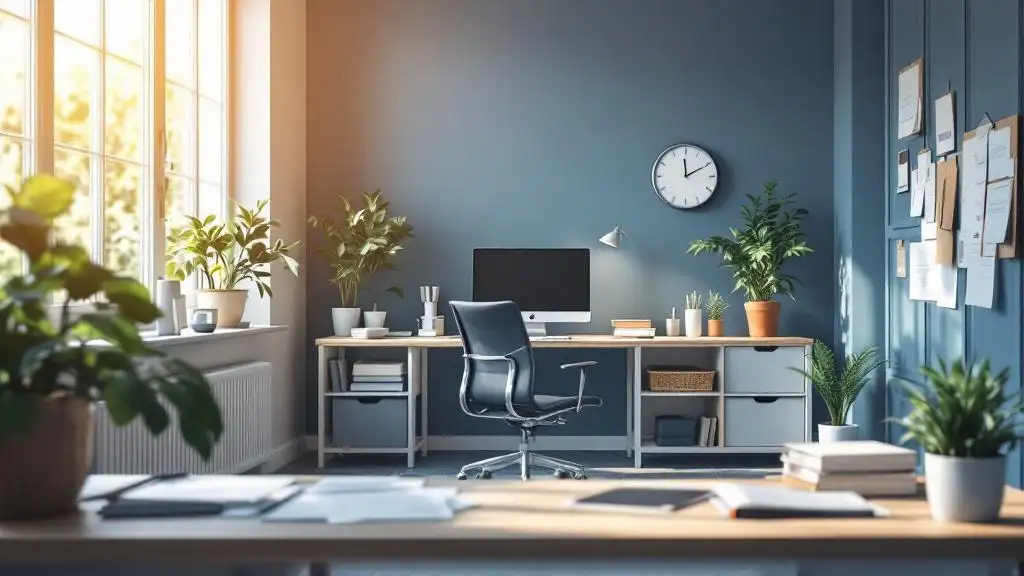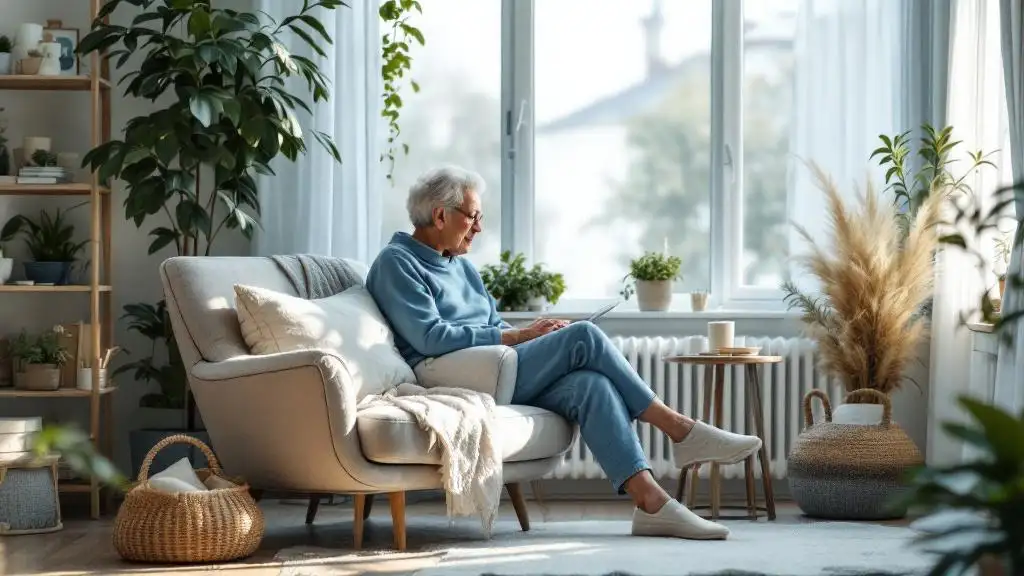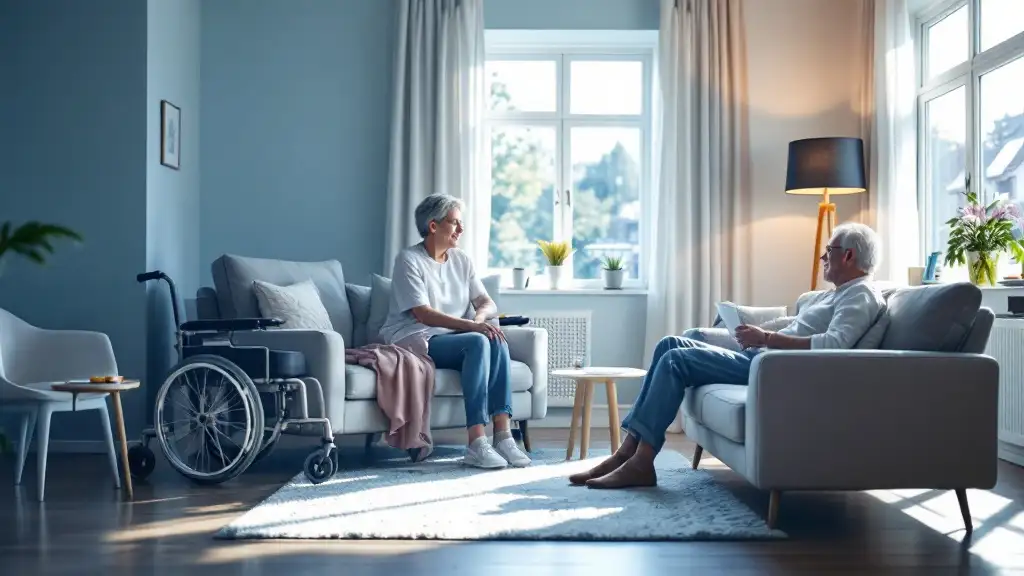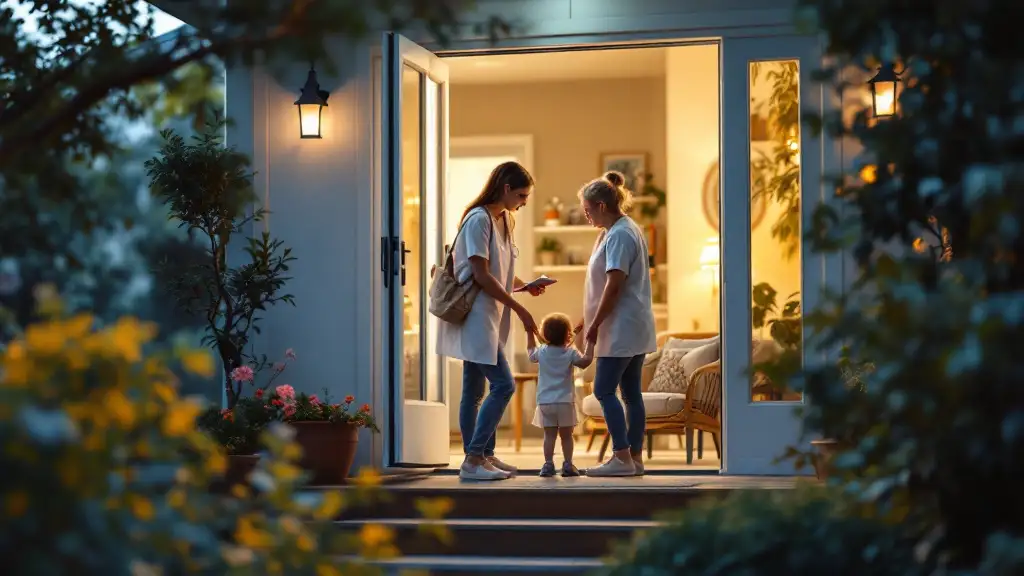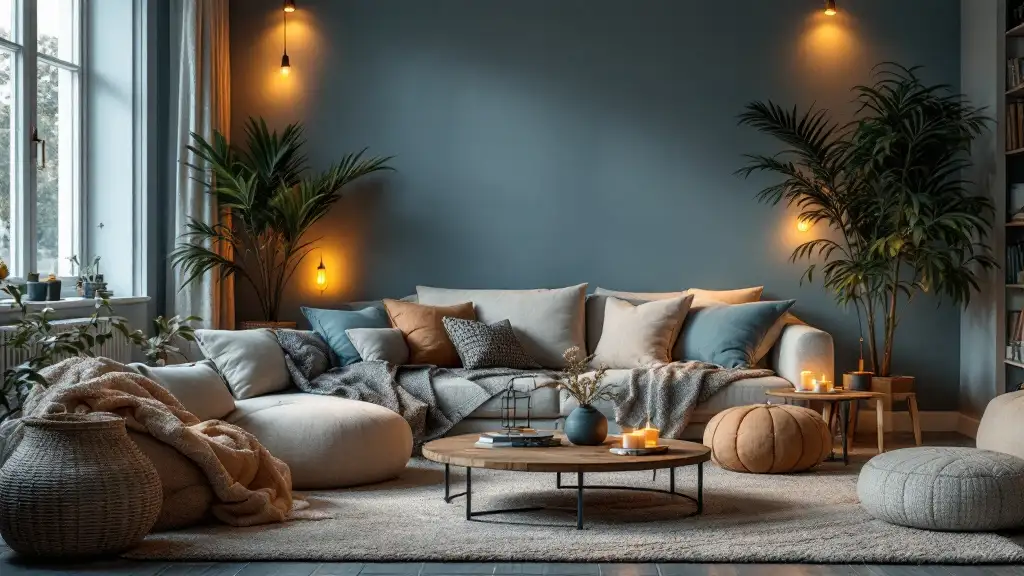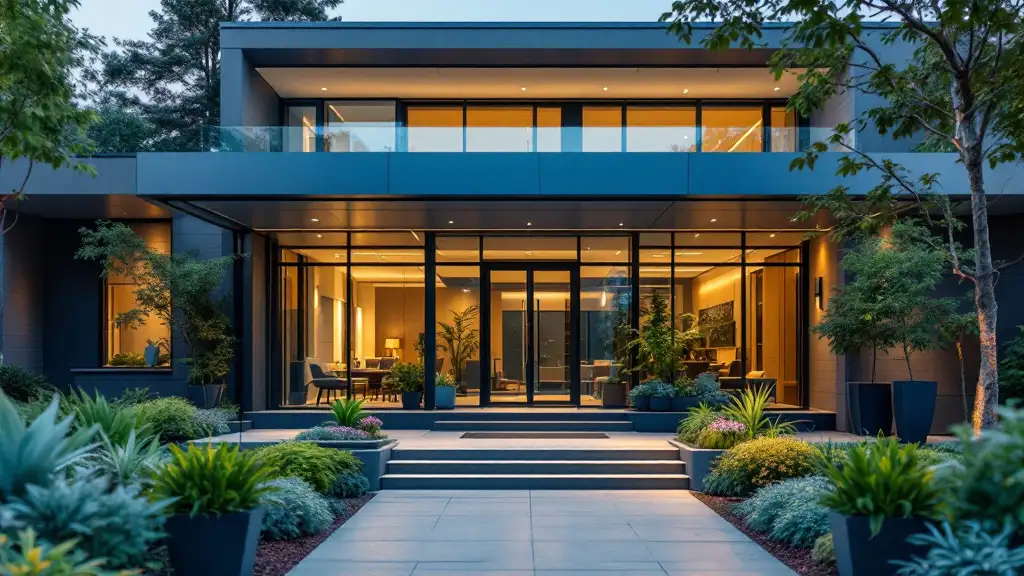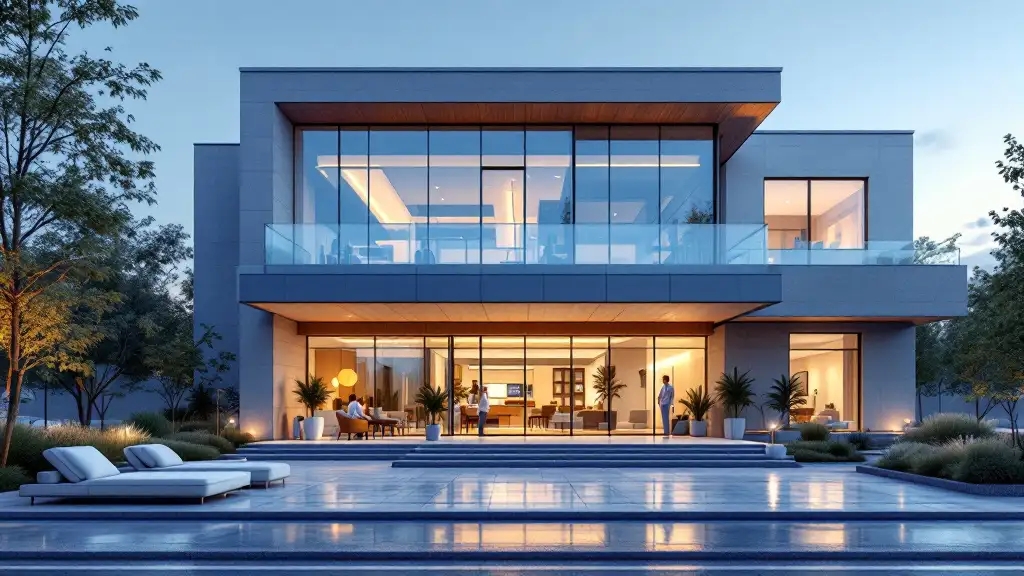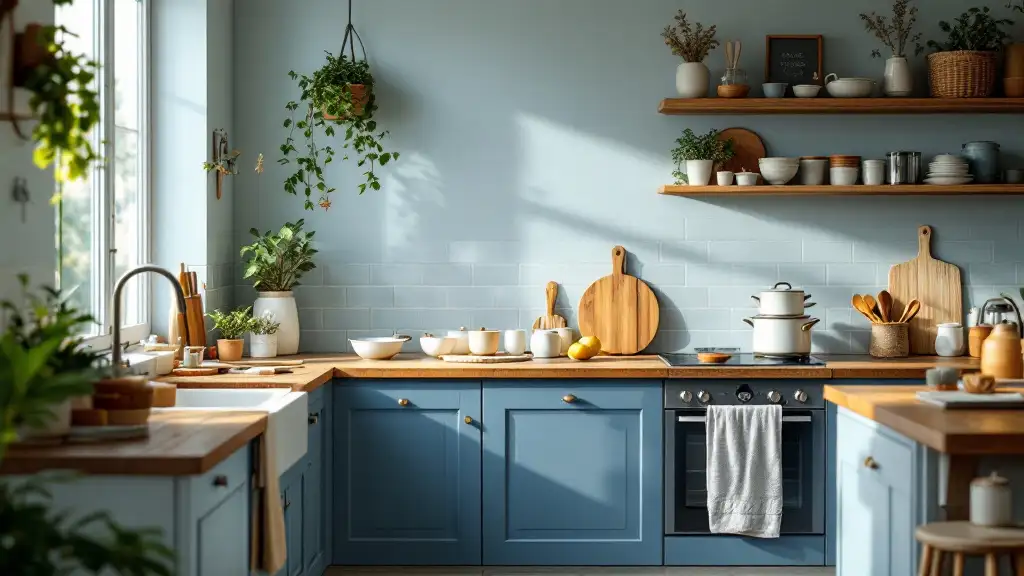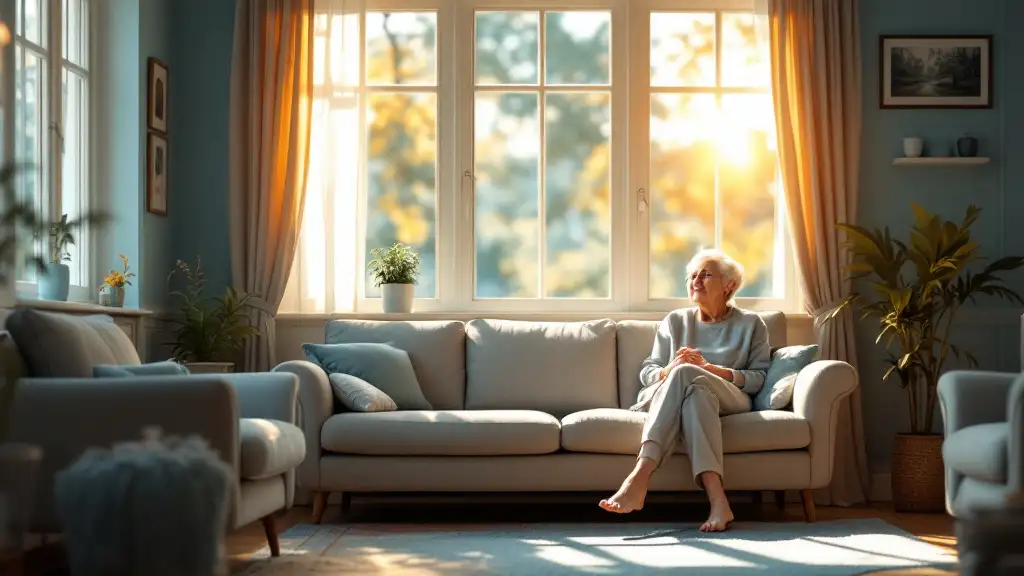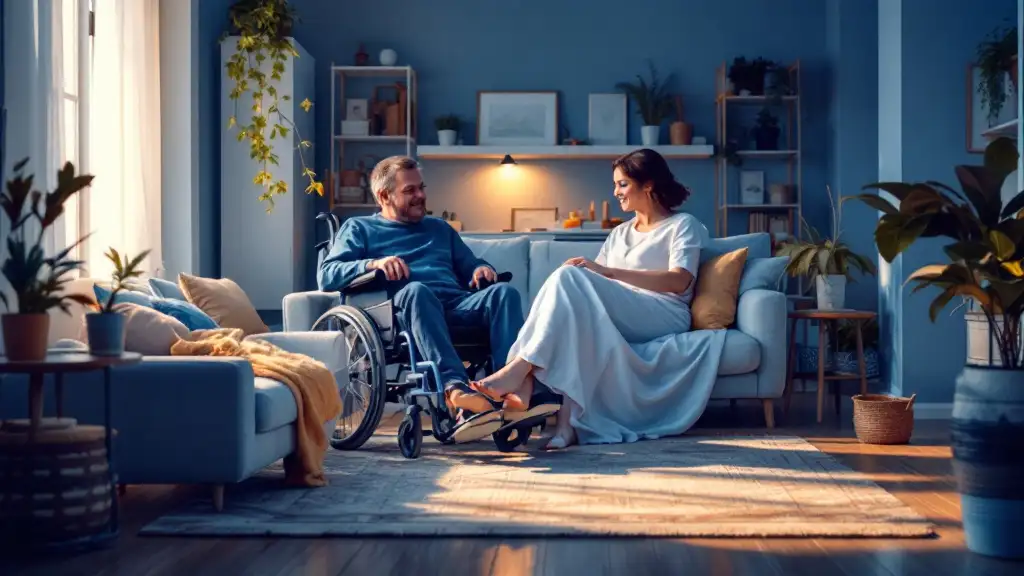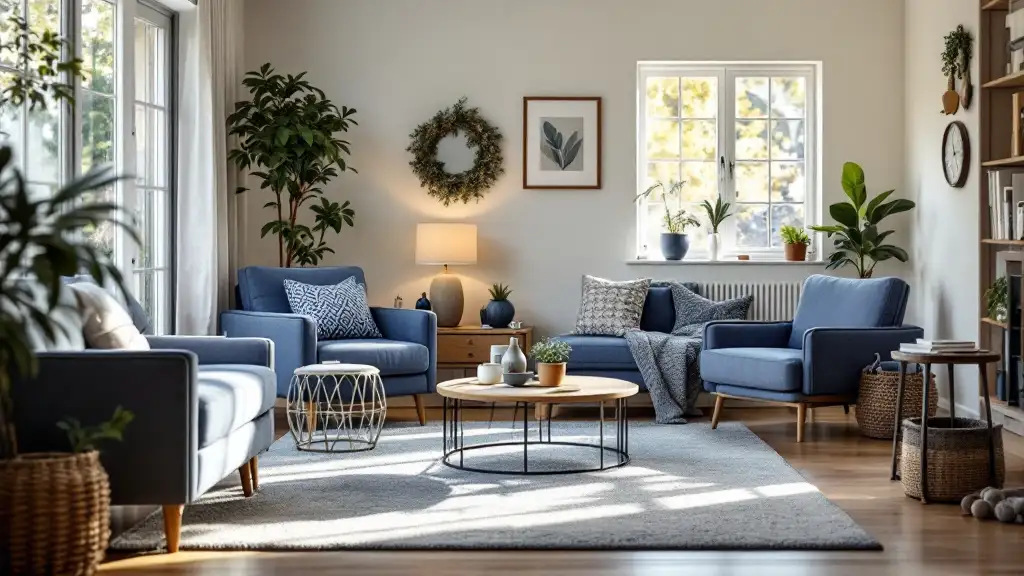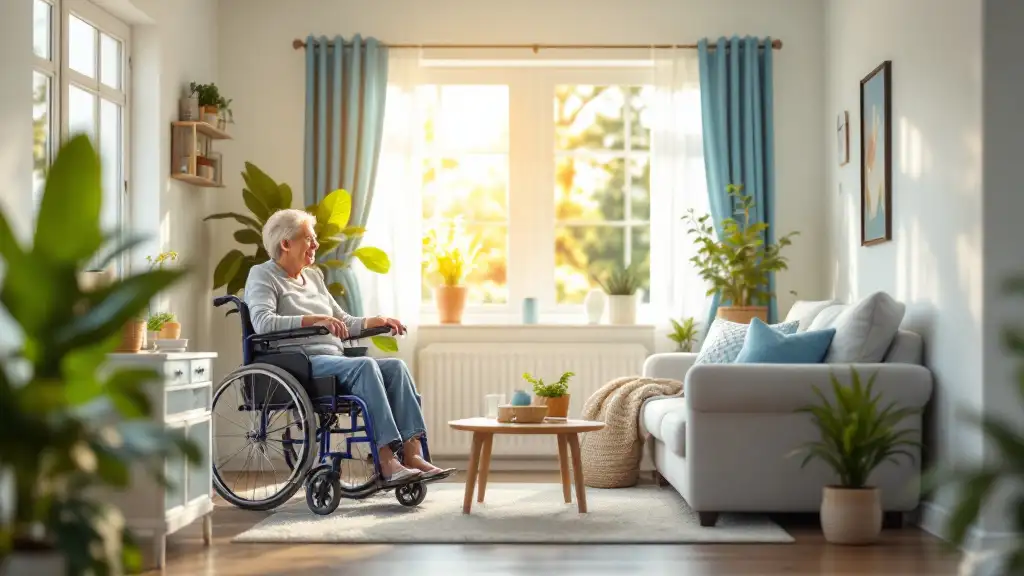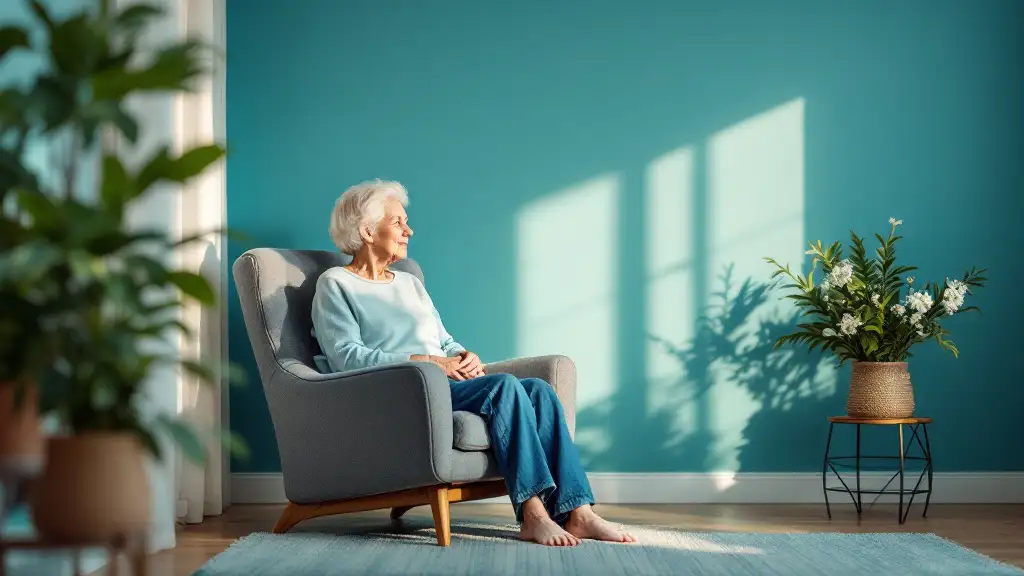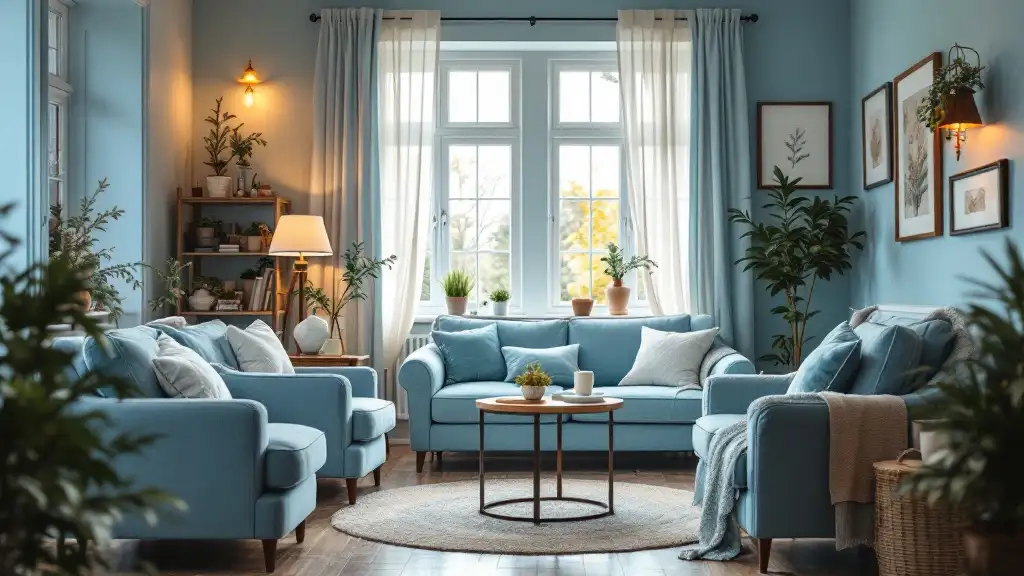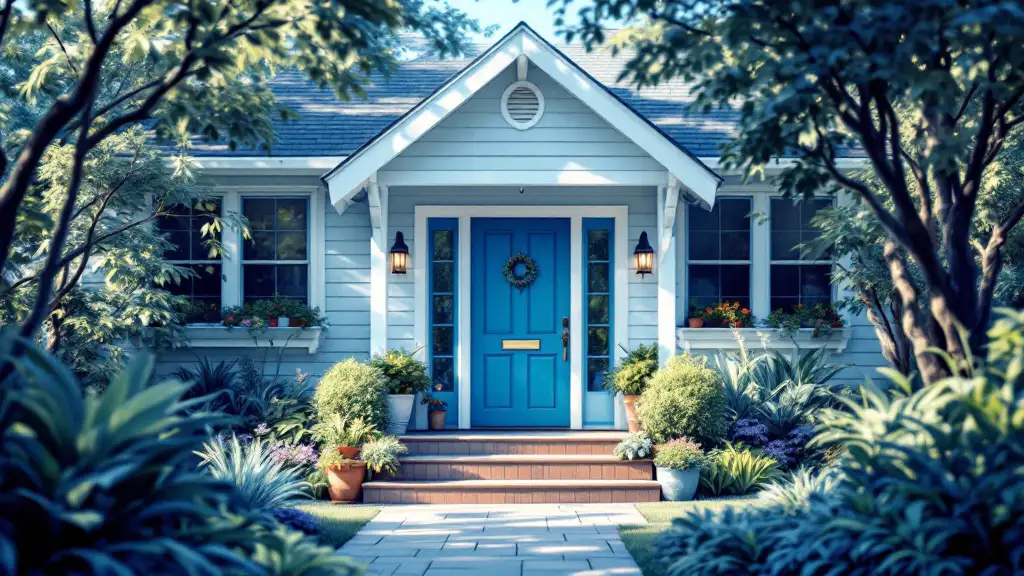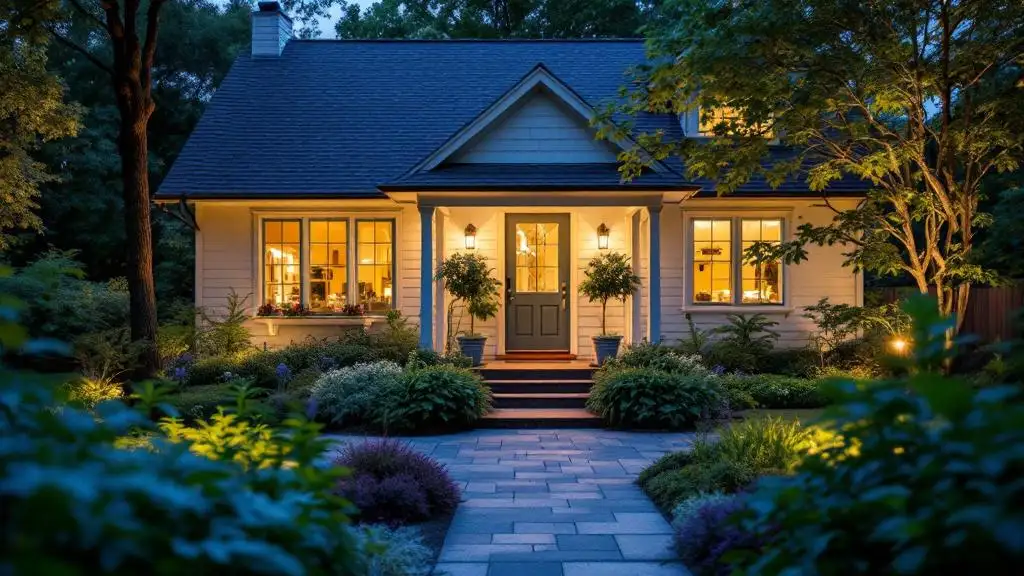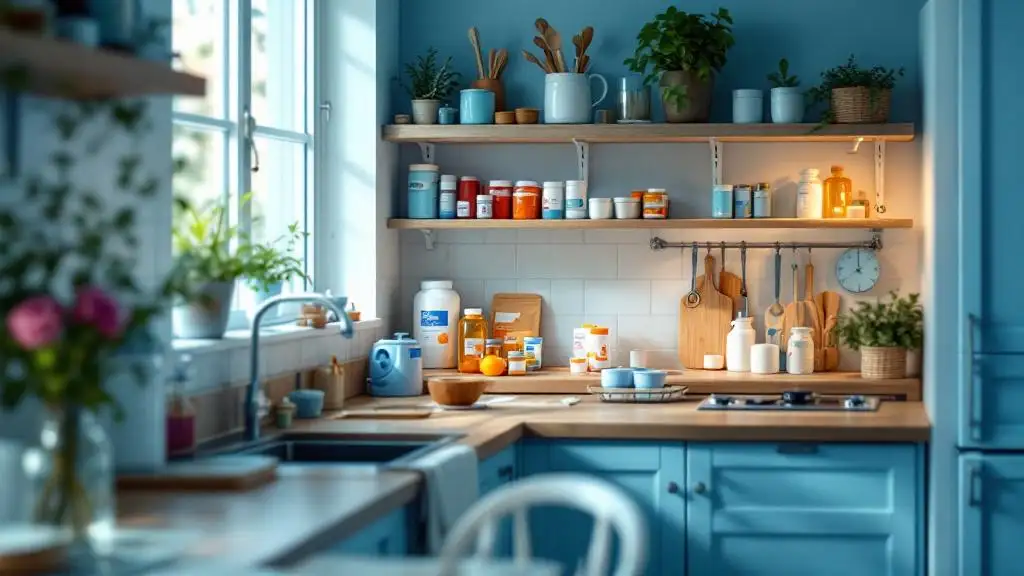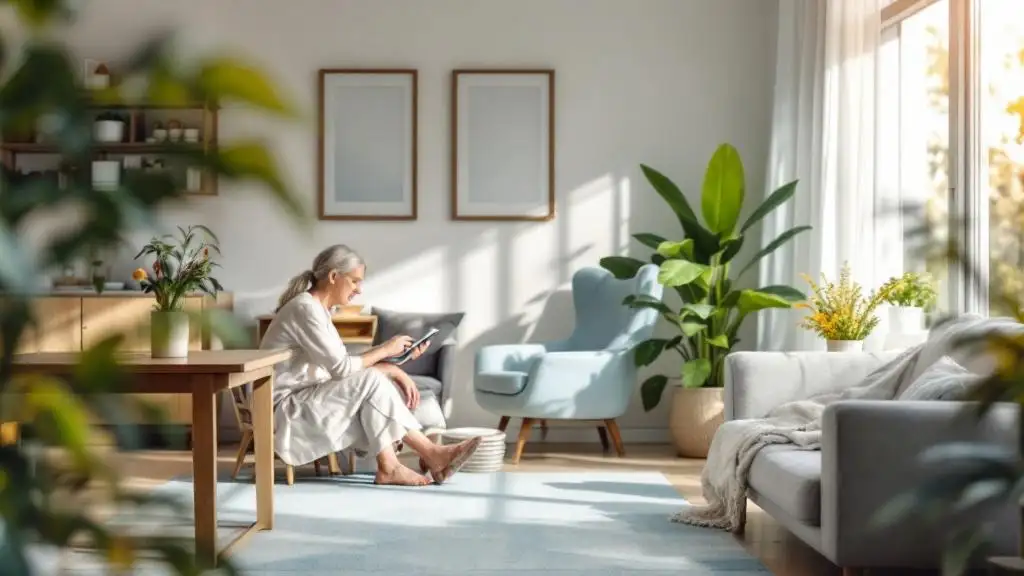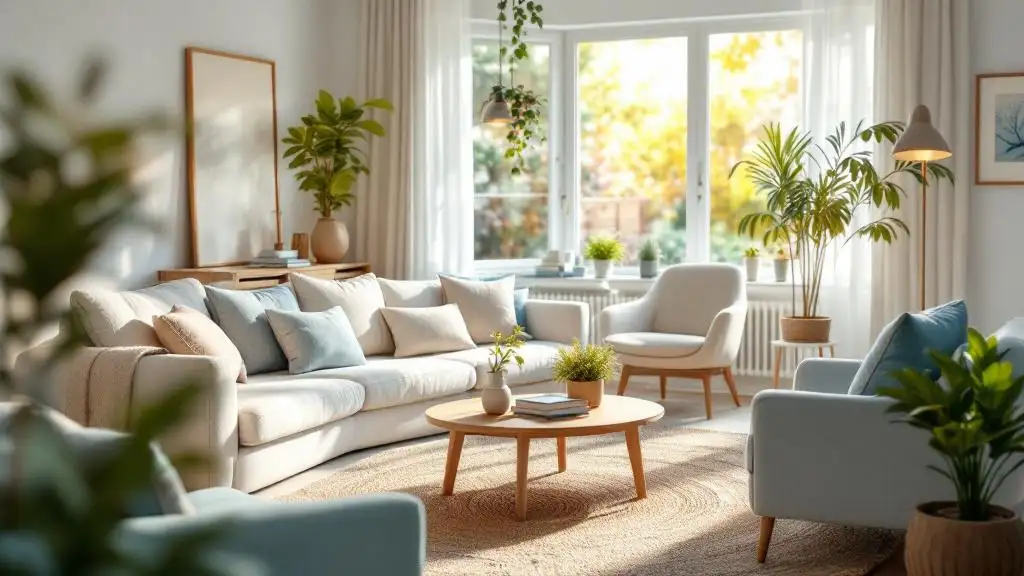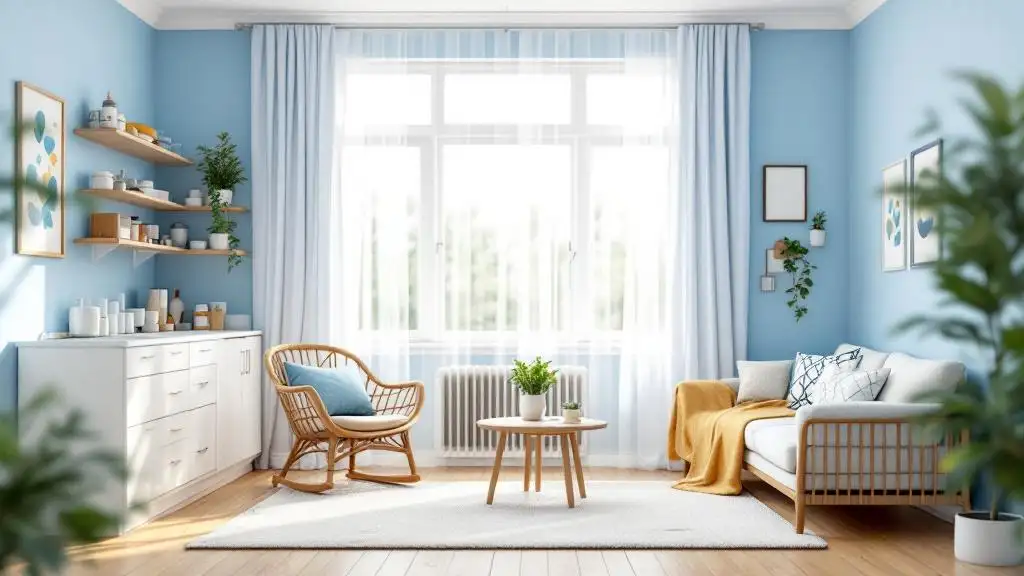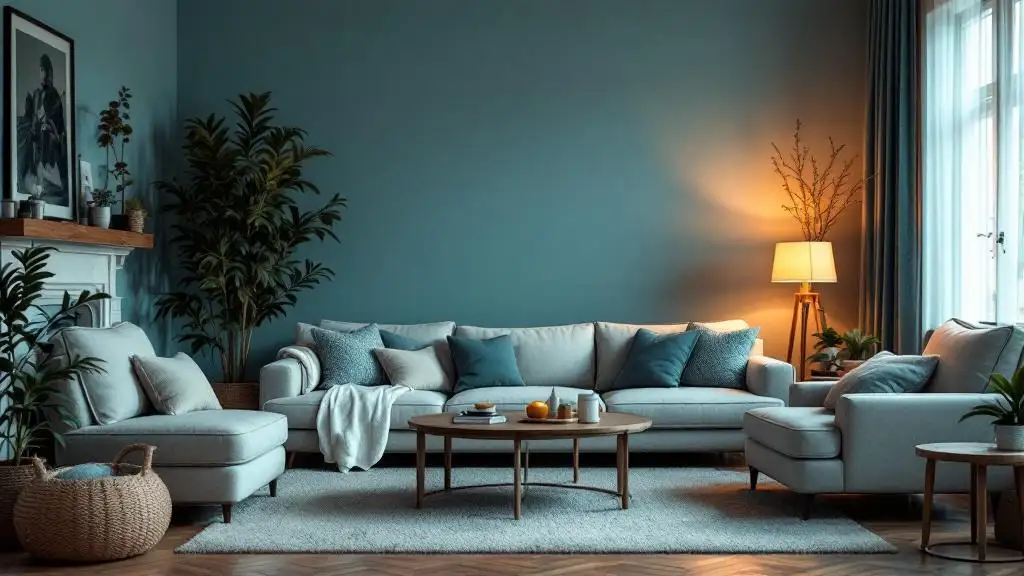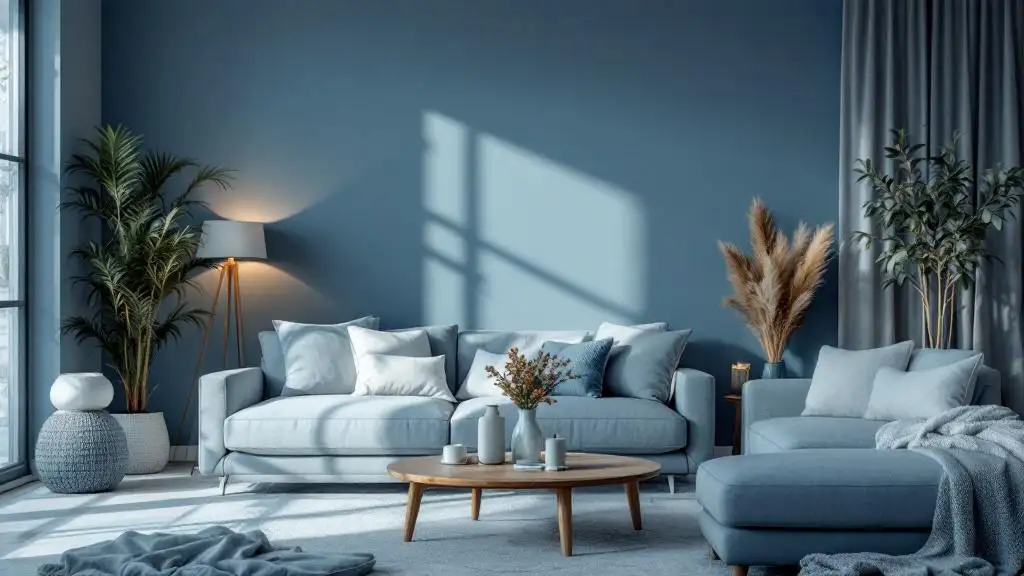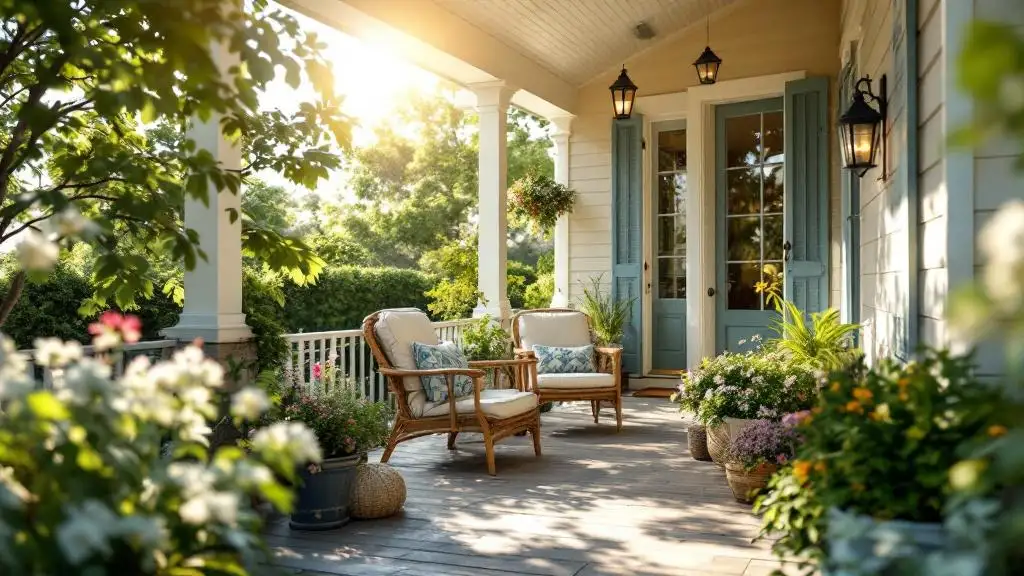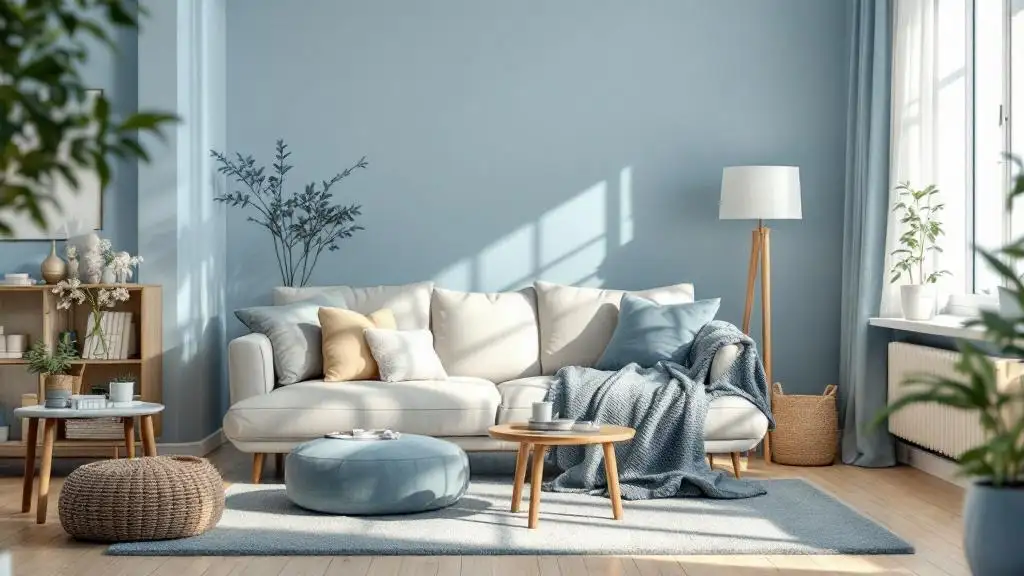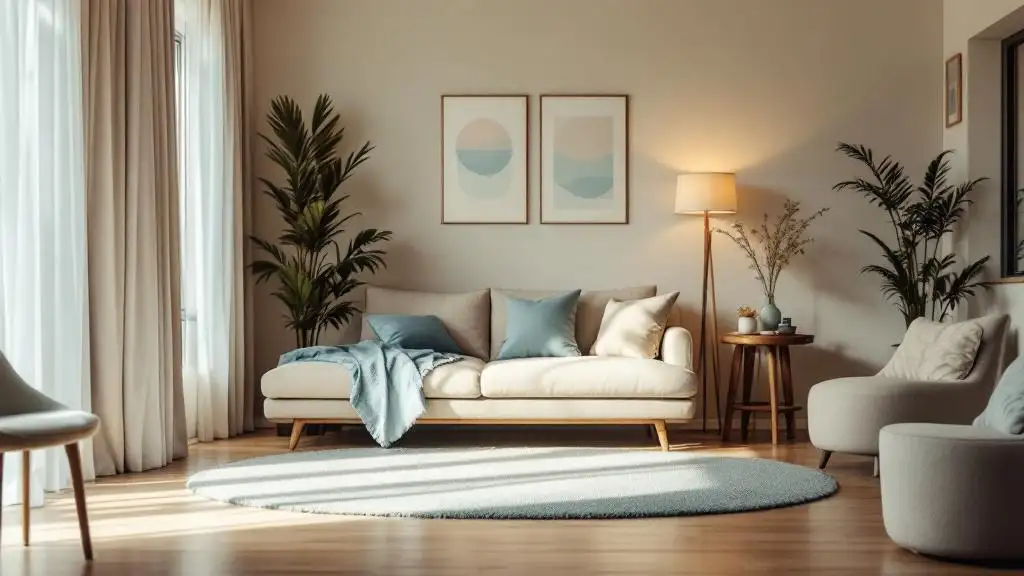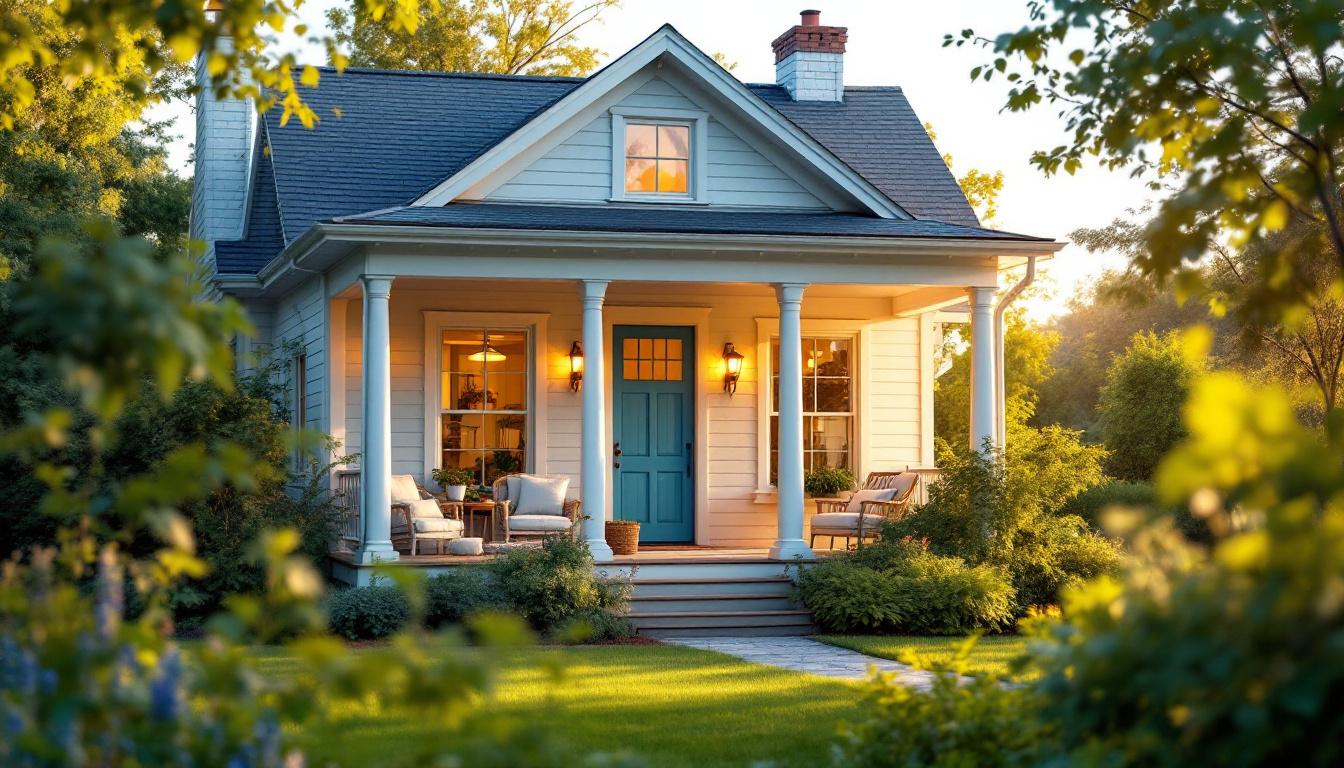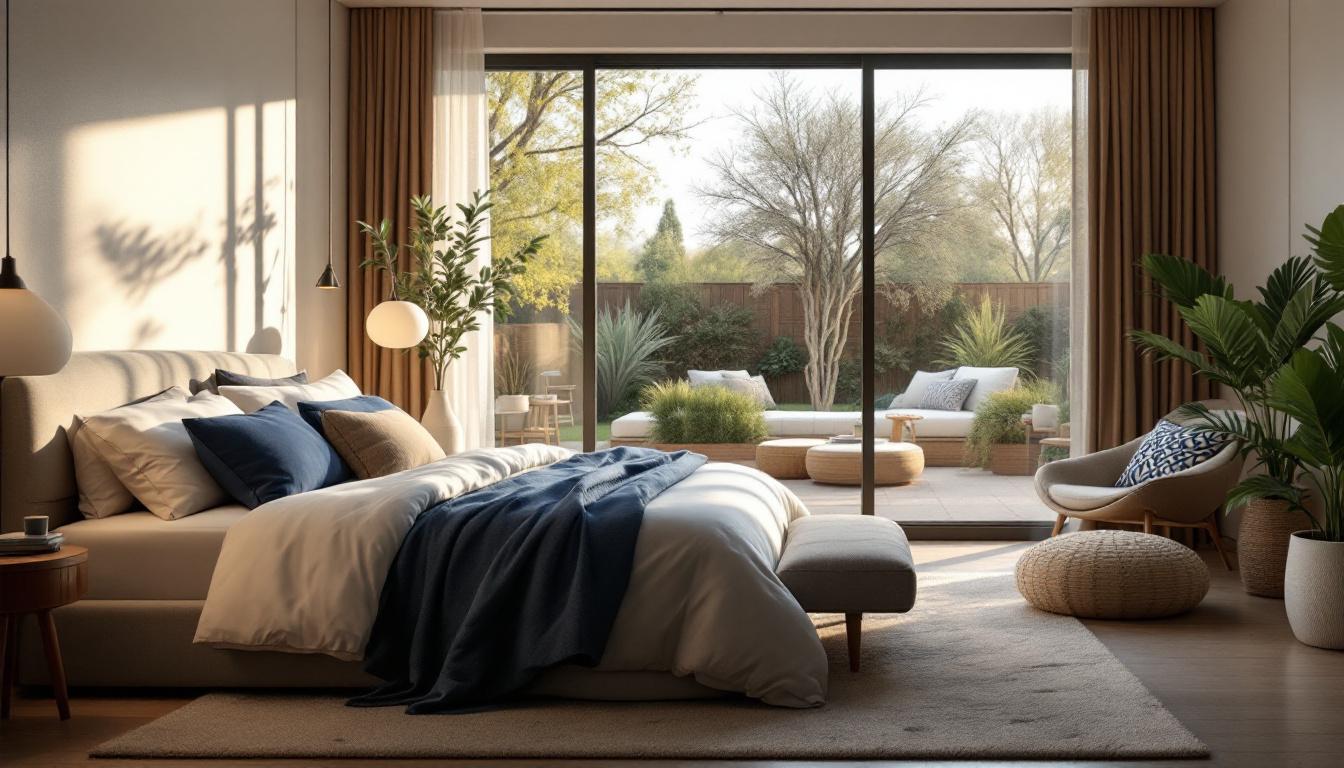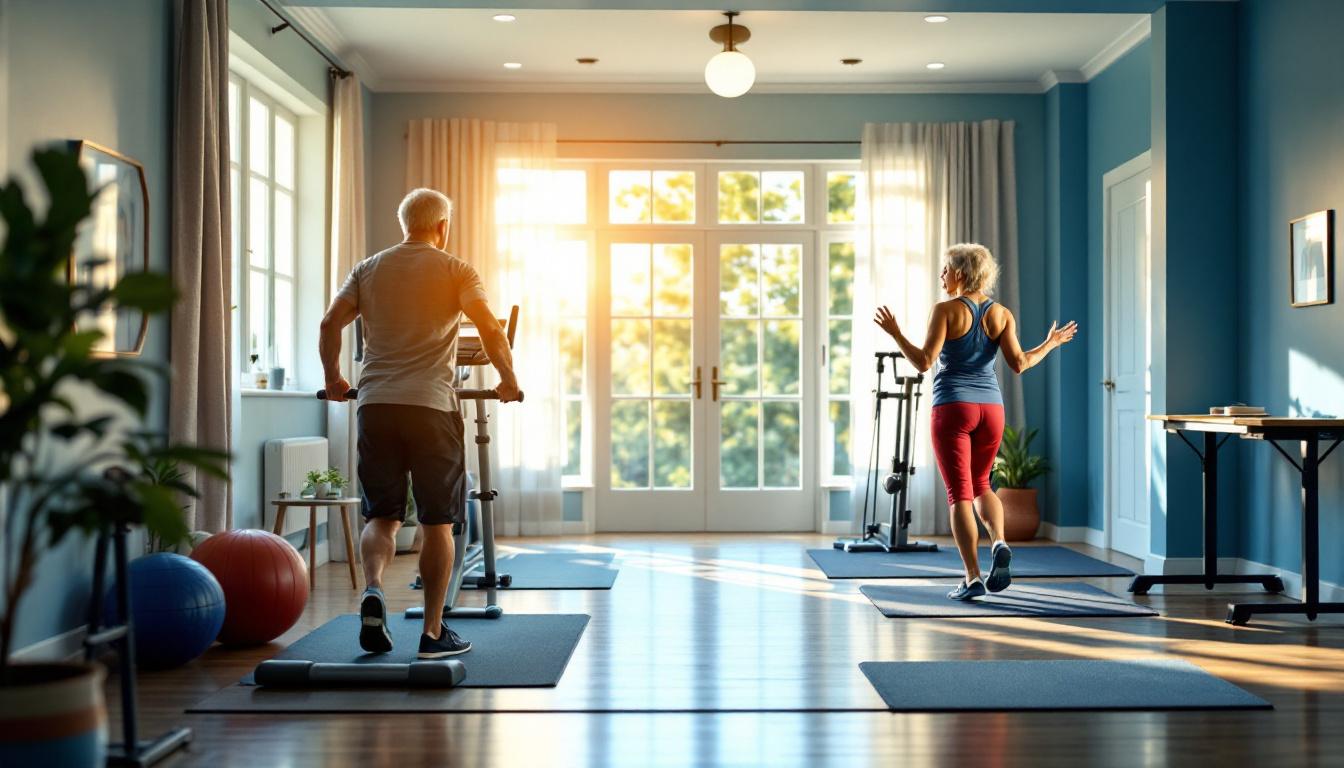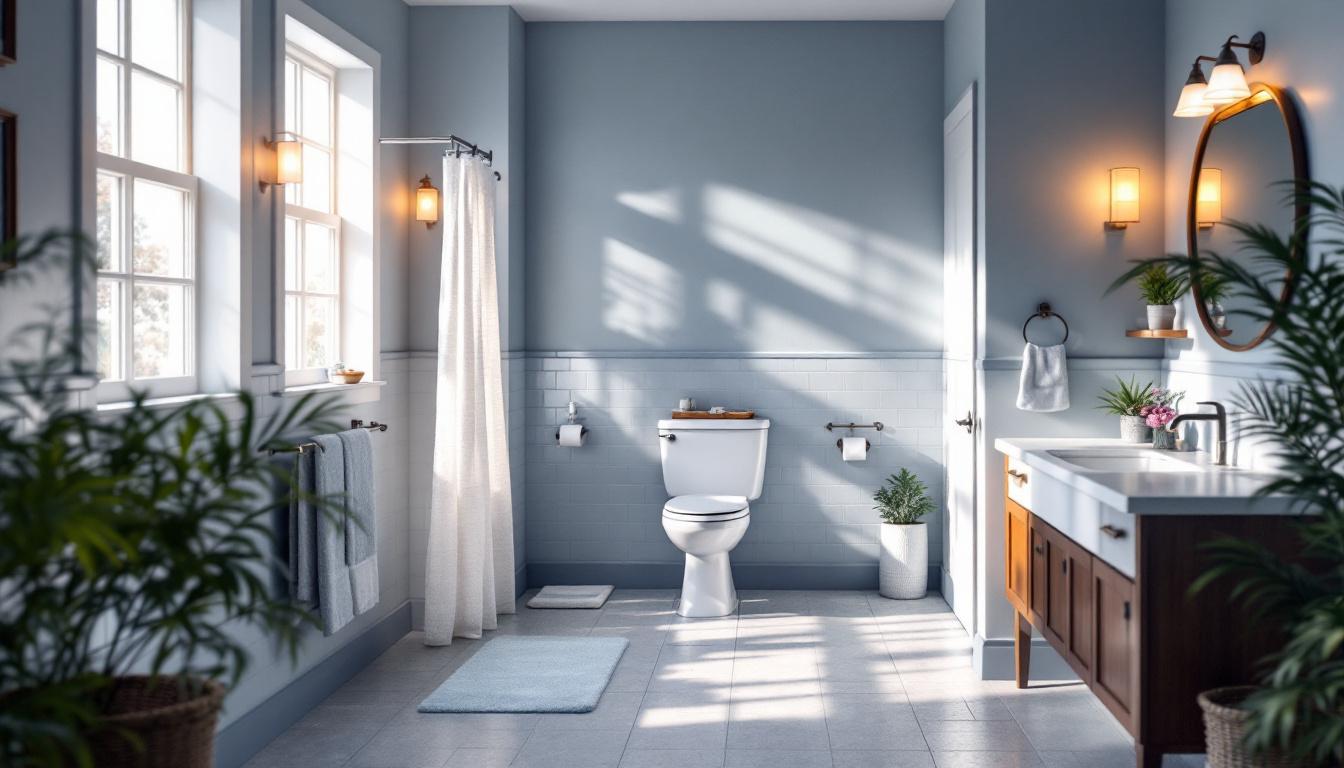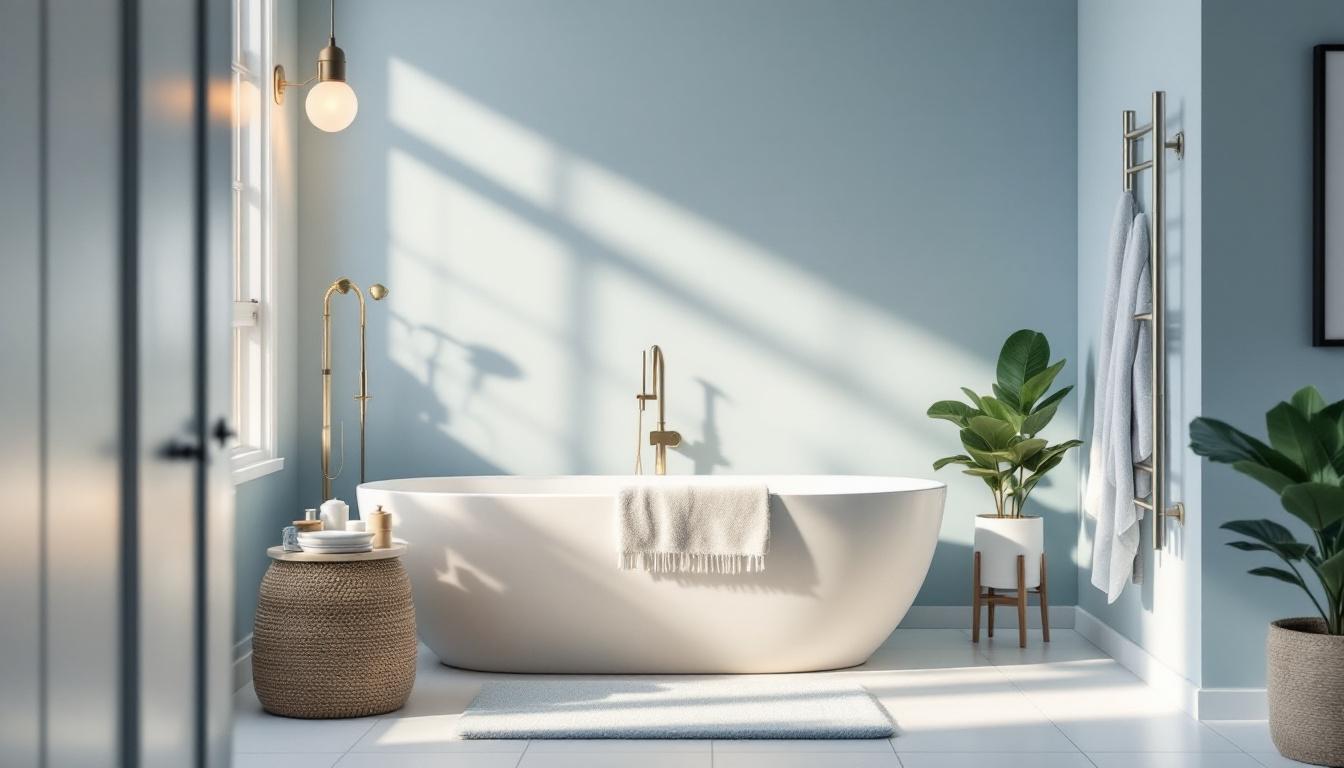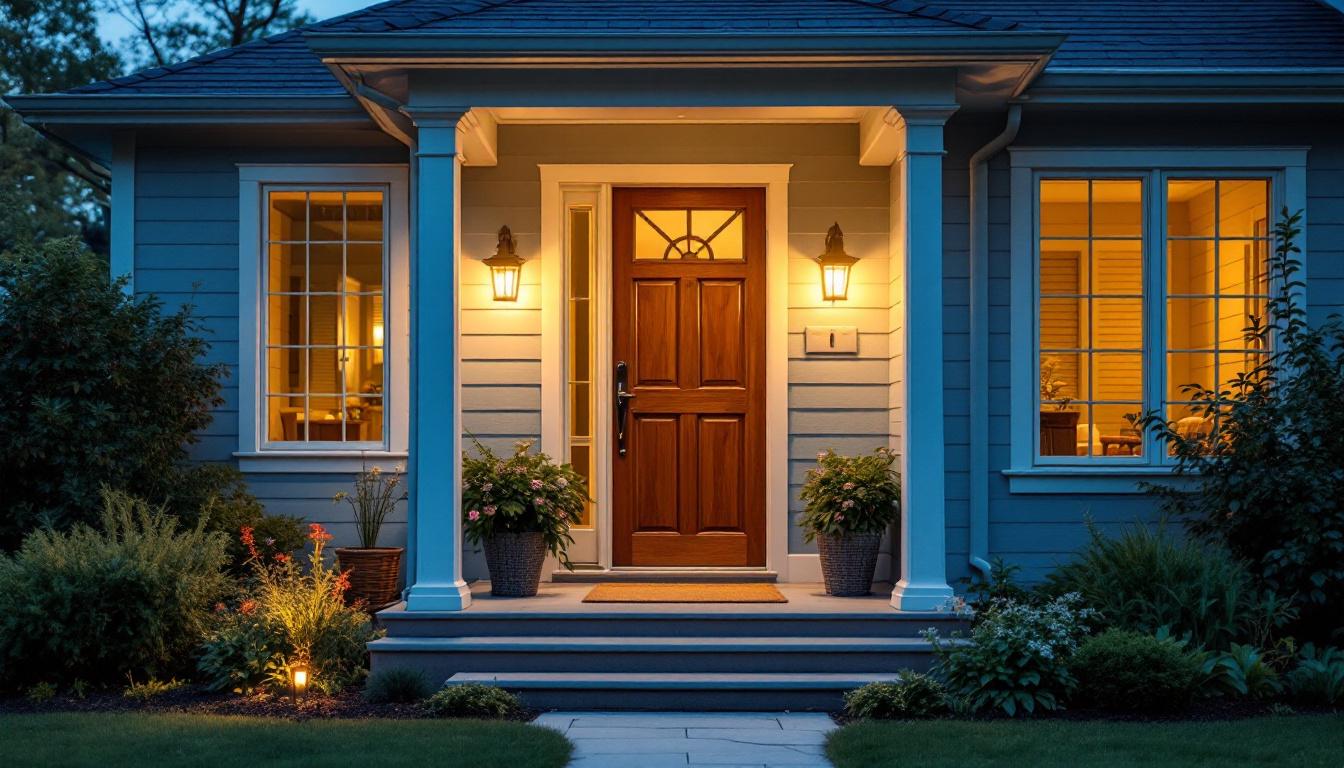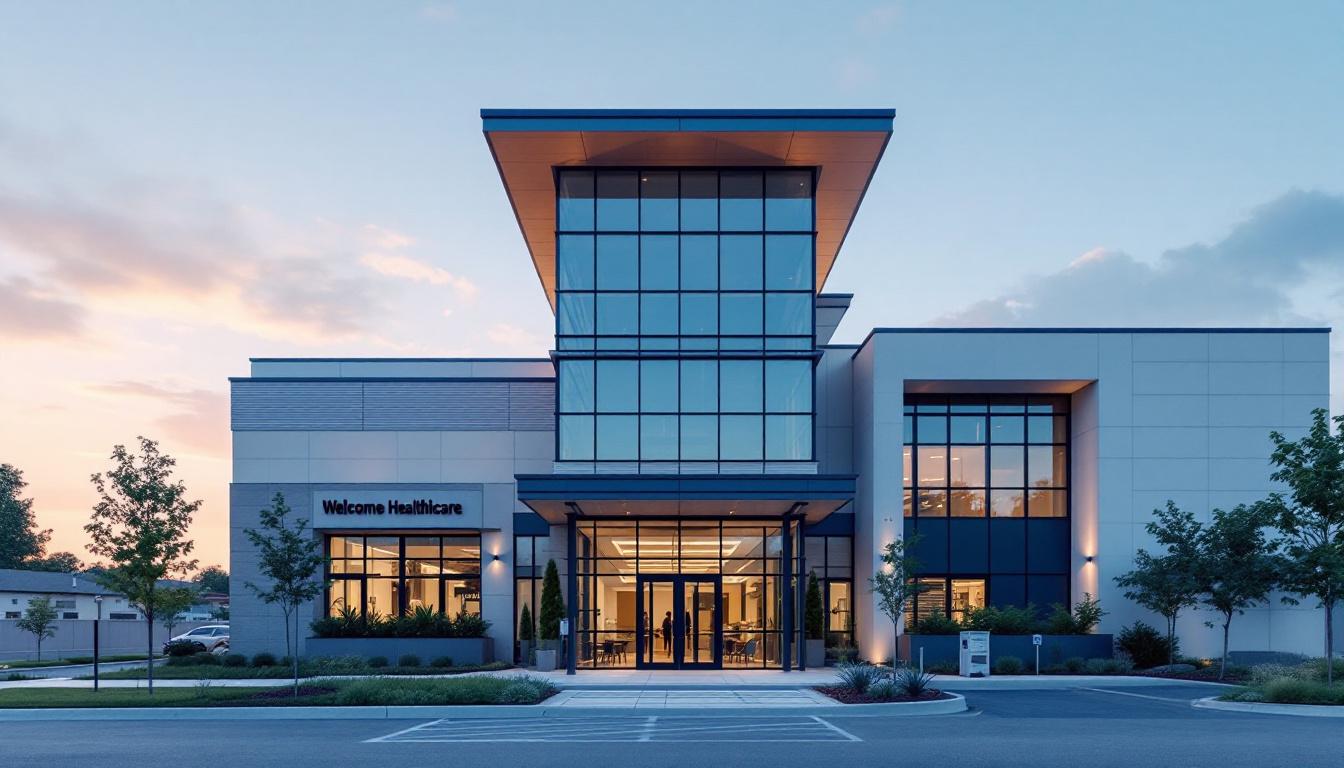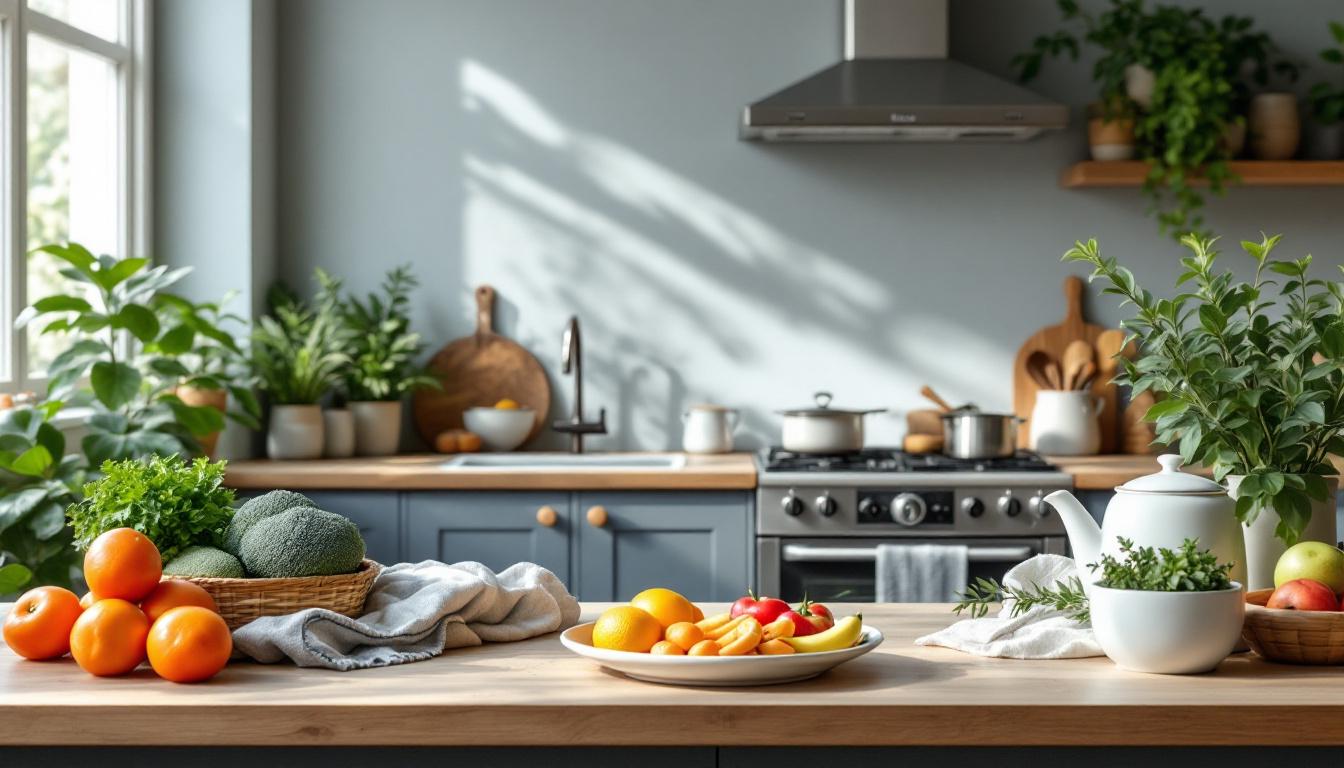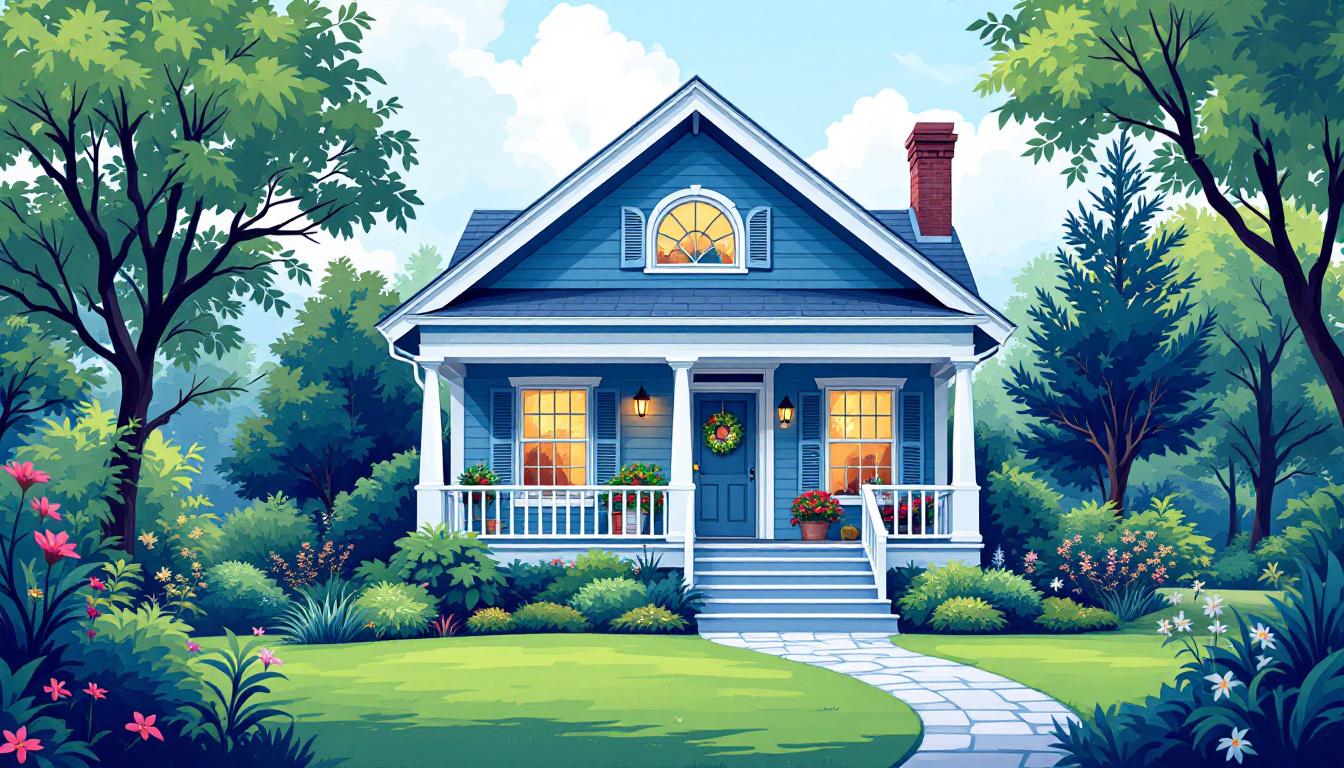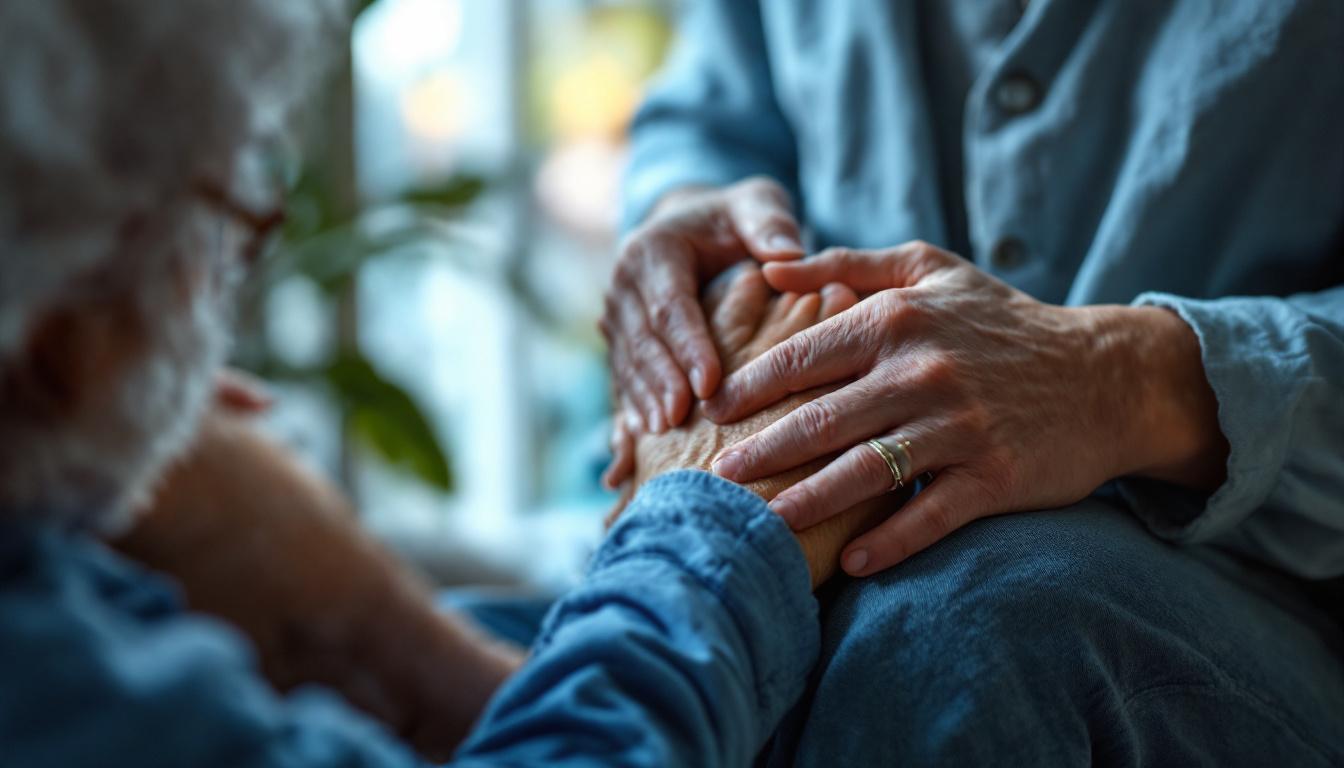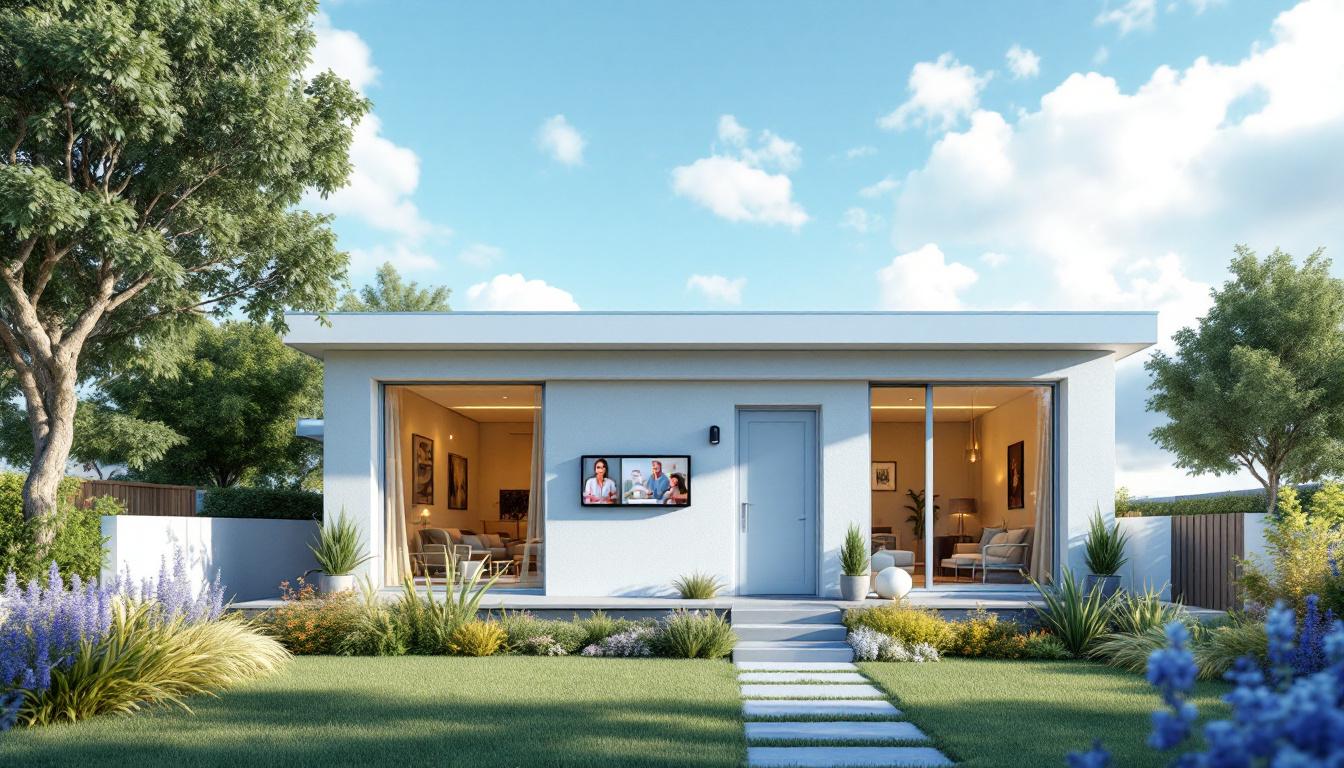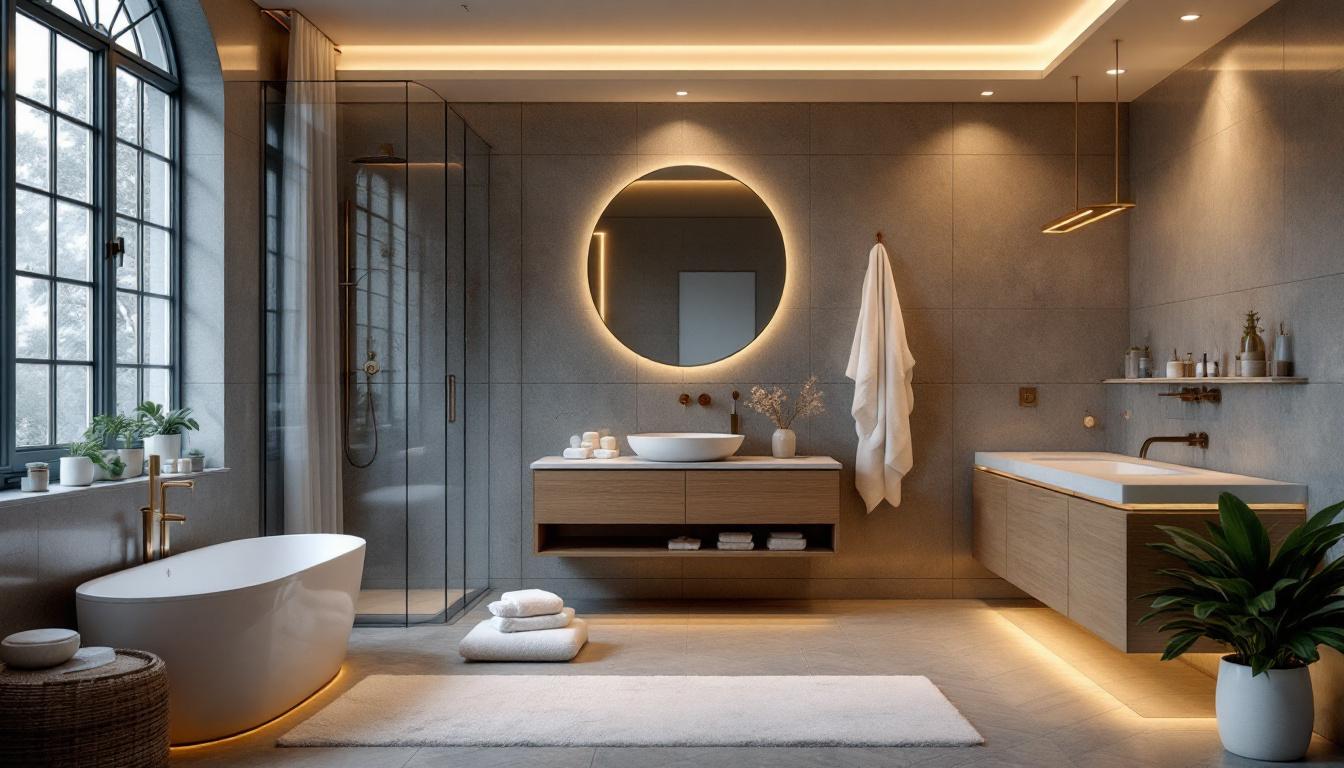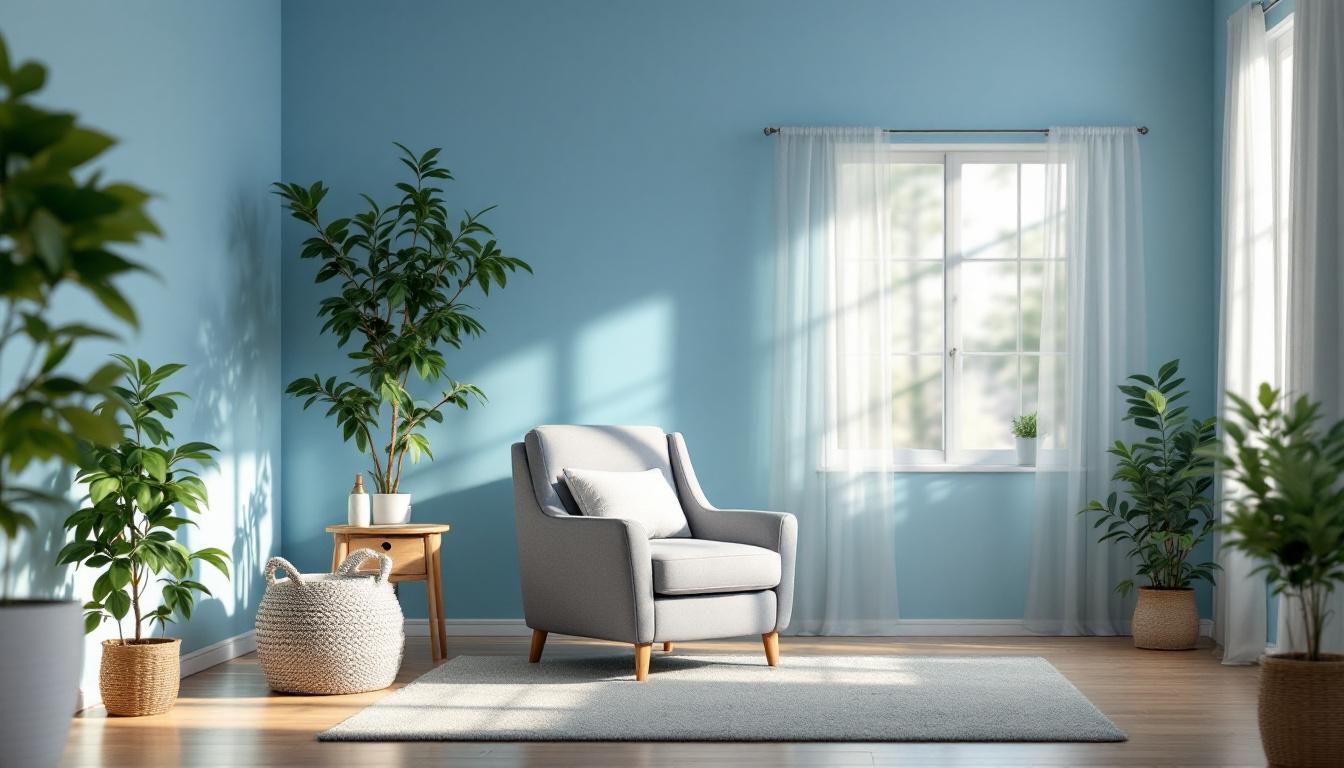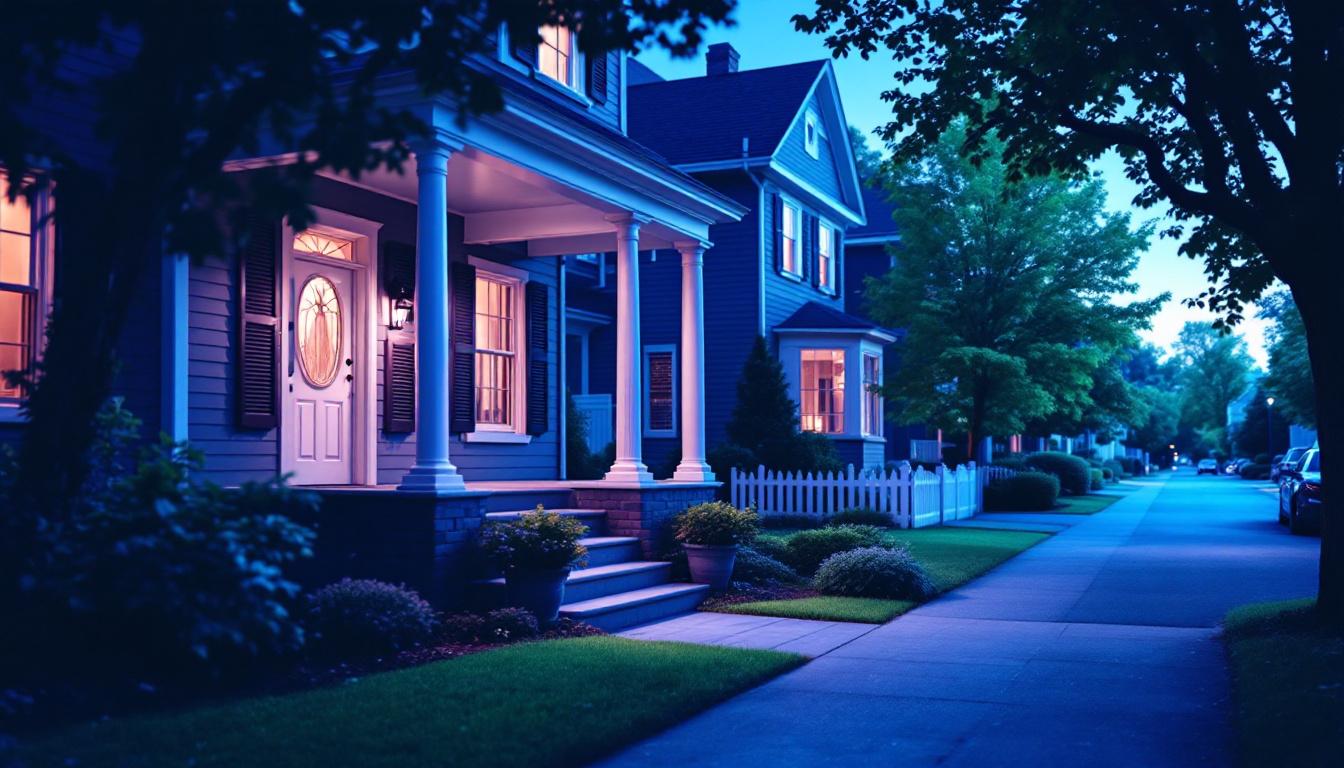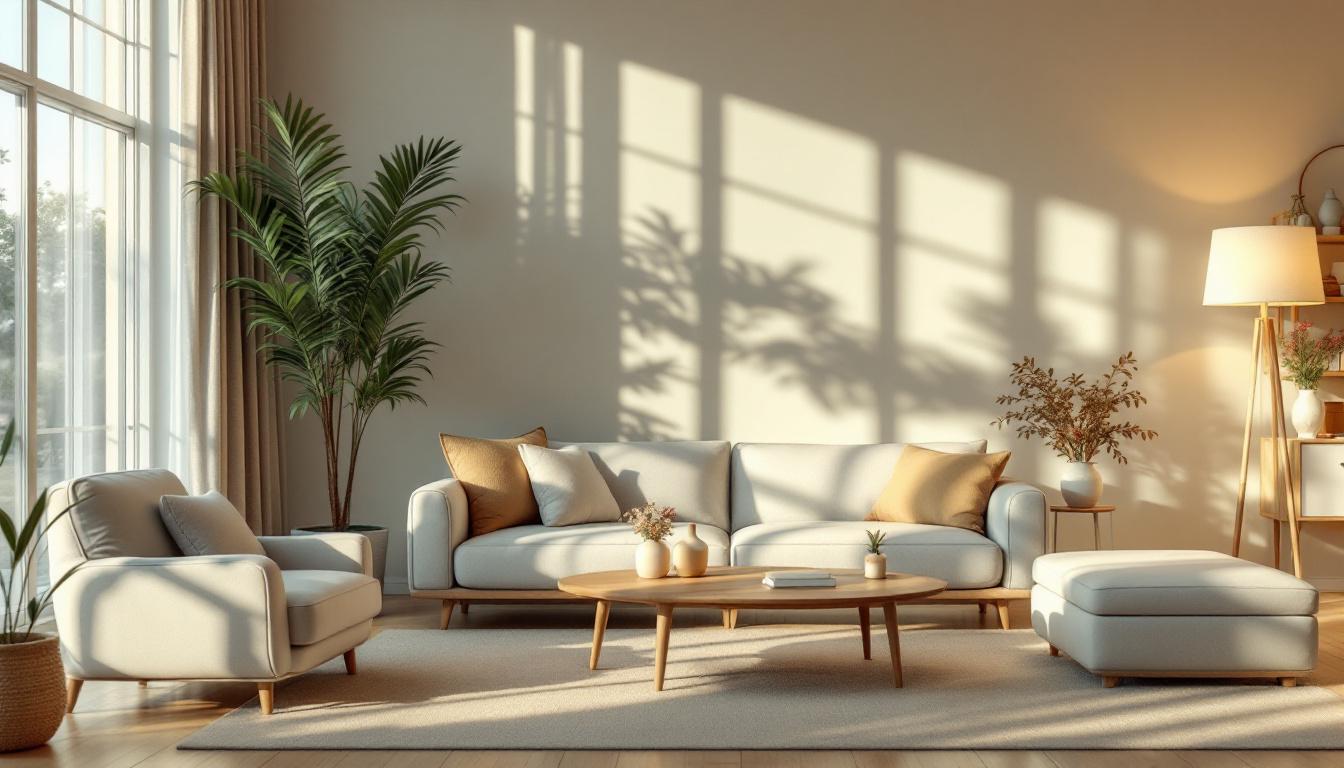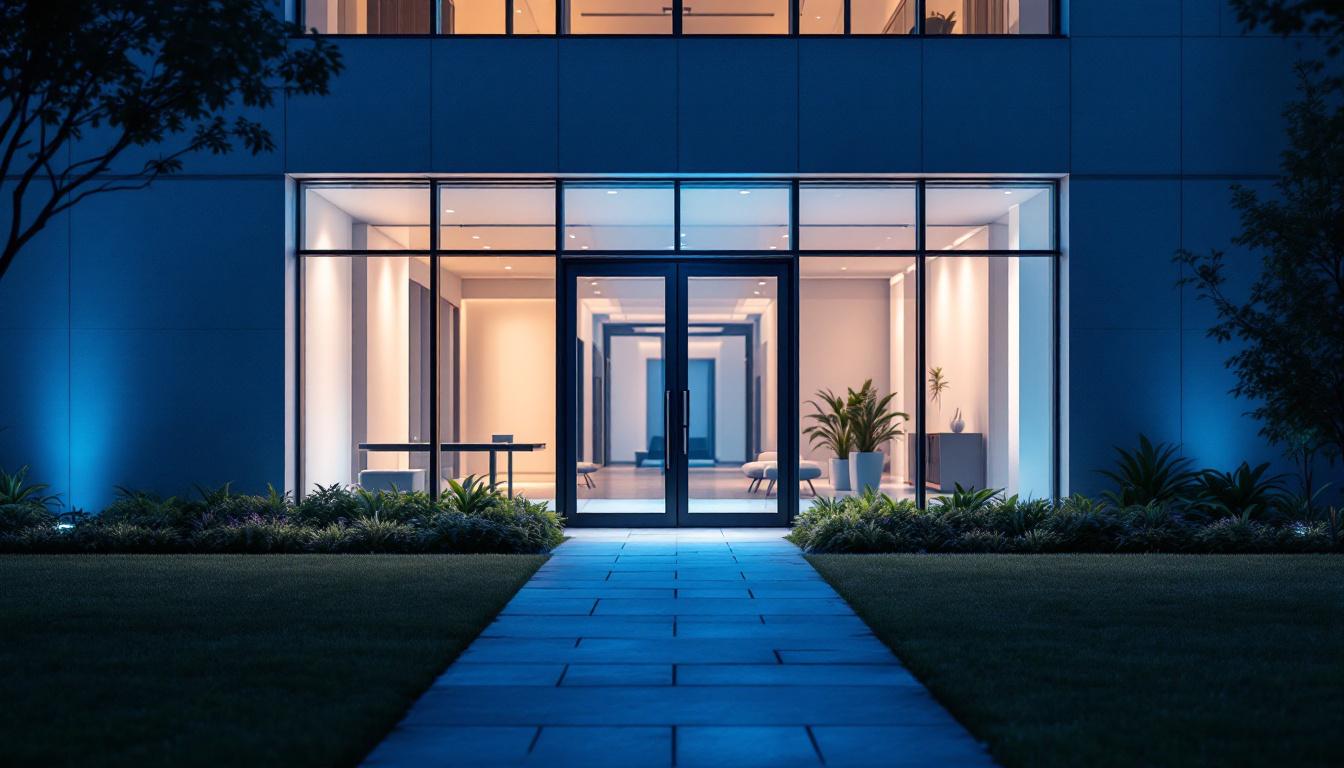Creating Safe Homes for Visual Impairments
Design safe homes for visual impairments and overcome obstacles with smart technology and accessible modifications.

Creating a Safe Home Environment
When designing a safe home environment for individuals with visual impairments, it's important to understand their unique needs and challenges. Visual impairments can range from total blindness to low-level blindness. By considering these specific requirements, we can create a home that promotes safety and independence for individuals with visual impairments.

Understanding Visual Impairments
Visual impairments encompass a wide range of conditions, including total blindness and low-level blindness. Approximately 15 percent of individuals with eye disorders experience total blindness [1]. Total blindness refers to the inability to perceive light, color, or shape. On the other hand, low-level blindness refers to a partial loss of vision, where individuals may have limited visual acuity or field of view.
Designing for Total Blindness
For individuals with total blindness, design elements that rely on visual cues may not be effective. Instead, emphasis should be placed on tactile and auditory cues. For example, incorporating textured surfaces and audible signals can assist in navigation throughout the home. These cues can be particularly helpful in areas where individuals may need to identify specific locations or objects, such as doorways or appliances.
Designing for Low-Level Blindness
When designing for individuals with low-level blindness, it's important to consider their remaining visual capabilities. Enhancing contrast and providing adequate lighting can help individuals with limited vision navigate their home more safely. By using contrasting colors for walls, furniture, and fixtures, it can be easier for individuals to distinguish between different elements in the environment.
Bathroom Modifications for Visual Impairments
In the bathroom, modifications should be made to ensure safety and accessibility for individuals with visual impairments. Installing sturdy bars in the bath or shower, as well as non-slip adhesive strips on the tub or shower floor, can help prevent accidents. Additionally, providing tactile indicators on faucets and toilet handles can assist individuals in identifying and operating these fixtures more easily.
Entry Systems
For individuals with visual impairments, an entry system that allows for communication with visitors can greatly enhance safety and independence. These systems enable individuals to talk to people who come to the door, and some systems even have the capability to unlock the door remotely. This feature provides individuals with the ability to verify the identity of visitors before granting access to their home.
Talking Devices
A range of talking devices can significantly improve the daily lives of individuals with visual impairments. For example, a talking color identifier can recognize and vocalize the names of approximately 100 colors. This device enables individuals to independently identify colors, which can be particularly useful when coordinating outfits or distinguishing between objects.
By understanding the unique needs of individuals with visual impairments, we can create safe and accessible home environments. Whether designing for total blindness or low-level blindness, incorporating tactile and auditory cues, enhancing contrast and lighting, and implementing assistive technology can contribute to a safer and more independent living experience.
Home Modifications for Visual Impairments
When creating a safe home environment for individuals with visual impairments, specific modifications can greatly enhance accessibility and independence. In this section, we will explore three important areas of home modifications: bathroom accessibility, entry systems, and talking devices.
Bathroom Accessibility
Bathroom modifications are essential to ensure the safety and independence of individuals with visual impairments. Some key modifications to consider include:
- Installing sturdy bars in the bath or shower to provide support and stability while moving in and out.
- Applying non-slip adhesive strips on the tub or shower floor to reduce the risk of slips and falls.
- Using color-contrasting materials for fixtures and surfaces to aid with navigation and identification.
These modifications can greatly enhance safety and accessibility within the bathroom, allowing individuals with visual impairments to navigate and use the space independently.
Entry Systems
An entry system that incorporates communication features is invaluable for individuals with visual impairments. These systems allow residents to communicate with visitors at the door, providing a sense of security and control. Some systems even offer the ability to remotely unlock the door, enhancing convenience and accessibility.
When selecting an entry system, consider options that incorporate audio and video capabilities. This allows individuals with visual impairments to identify visitors through audio cues and communicate effectively. Some systems can be operated via voice commands or touchscreens, further enhancing accessibility.
Talking Devices
A range of talking devices can significantly improve the daily lives of individuals with visual impairments. These devices utilize audio cues to provide information and aid in various tasks. Some examples of talking devices include:
- Talking color identifiers that can recognize and announce colors, assisting with color coordination and identification.
- Talking watches or clocks that announce the time audibly, allowing individuals to keep track of the time independently.
- Talking thermostats and appliances that provide audible feedback and instructions for ease of use.
These talking devices can enhance independence and accessibility within the home, empowering individuals with visual impairments to perform daily tasks with confidence.
By implementing bathroom accessibility modifications, entry systems with communication features, and incorporating talking devices within the home, individuals with visual impairments can navigate their living spaces safely and independently. These modifications and devices work together to create a more inclusive and accessible environment for those with visual impairments to thrive.
Assistive Technology for Visual Impairments
When it comes to creating safe homes for individuals with visual impairments, the use of assistive technology plays a crucial role. Assistive technology devices are designed to increase, maintain, or improve the functional capabilities of individuals with disabilities, including those with visual impairments. In this section, we will explore three key types of assistive technology for visual impairments: canes and mobility aids, electronic mobility aids, and reading assistance technologies.
Canes and Mobility Aids
Canes are commonly used by individuals who are blind or have low vision to navigate confidently. The long cane, in particular, is a popular choice. It allows users to detect obstacles and changes in the environment, providing valuable tactile feedback.
By sweeping the cane in front of them, individuals with visual impairments can identify potential hazards and make informed decisions about their movement. Canes provide a sense of independence and help users navigate their surroundings with greater ease and confidence.
Electronic Mobility Aids
Electronic mobility aids utilize ultrasonic waves to detect obstacles in front of individuals with visual impairments. These devices assist users in navigating their surroundings by providing audio or tactile feedback about the proximity of objects.
While electronic mobility aids can be beneficial, it's important to note that their effectiveness is debated. They often require supplemental use of a long cane or a service dog to ensure comprehensive navigation and safety.
Reading Assistance Technologies
Reading assistance technologies are designed to support individuals who are blind or visually impaired in accessing written material. These technologies encompass a wide range of software and devices that convert text into accessible formats, such as audio or braille [2].
Through the use of optical character recognition (OCR) software, individuals can scan printed material and have it read aloud by a synthetic voice. Additionally, there are devices available that provide tactile feedback, allowing users to read braille or access digital content through refreshable braille displays.
Reading assistance technologies empower individuals with visual impairments to access information independently and participate more fully in educational and professional pursuits.
By incorporating these assistive technology devices into the home environment, individuals with visual impairments can enhance their mobility, independence, and access to information. It's important to consider the unique needs and preferences of each individual when selecting and utilizing these technologies. Working with professionals and experts in the field can provide valuable guidance in identifying the most suitable assistive technology solutions for specific visual impairments.
Smart Home Technology for Accessibility
Incorporating smart home technology can greatly enhance the accessibility and safety of homes for individuals with visual impairments. These innovative solutions offer convenience, control, and peace of mind. In this section, we will explore three key smart home technologies for accessibility: smart door locks, smart water leak sensors, and smart lighting solutions.
Smart Door Locks
Smart door locks provide an added layer of security and convenience for individuals with visual impairments. These locks can be controlled using alternative methods such as codes, fingerprints, or voice commands, making it easier for people with physical or visual impairments to lock or unlock doors.
By eliminating the need for physical keys, smart door locks reduce the risk of misplacing or fumbling for keys. Users can also grant temporary access codes to caregivers or service providers, ensuring that they can enter the home without the need for physical keys. The ability to control and monitor the lock remotely through a smartphone app adds an extra level of convenience and peace of mind.
Smart Water Leak Sensors
Water leaks can cause significant damage to a home, and they can be particularly challenging for individuals with visual impairments to detect. Smart water leak sensors provide an effective solution by alerting users to the presence of water, helping to prevent water damage incidents.
These sensors can be placed near areas prone to leaks, such as under sinks or near water heaters. When water is detected, the sensors send alerts to the user's smartphone or other connected devices, allowing for swift action to mitigate potential damage. By providing early warning, smart water leak sensors help individuals with visual impairments maintain a safe and secure home environment.
Smart Lighting Solutions
Smart lighting offers a range of features that can greatly benefit individuals with visual impairments. Automation, scheduling, and voice control capabilities make it easier for individuals to control their household lights without requiring direct physical action.
By integrating smart lighting solutions, individuals can set up lighting routines that align with their daily activities, ensuring optimal lighting conditions throughout the day. Voice control enables users to turn lights on or off, adjust brightness, or change color temperature using voice commands, providing convenience and independence.
Furthermore, the ability to control lights remotely through a smartphone app allows individuals to ensure the lights are on before entering a room, enhancing safety and preventing accidents. Smart lighting solutions can also be synchronized with other smart home devices, such as motion sensors or door sensors, to create a well-coordinated and accessible home environment.
By incorporating smart door locks, smart water leak sensors, and smart lighting solutions into the home, individuals with visual impairments can greatly enhance their safety, security, and overall quality of life. These technologies provide convenience, peace of mind, and improved accessibility, empowering individuals to navigate their living spaces with confidence.
Optimizing Lighting for Low Vision
When creating a safe home environment for individuals with visual impairments, optimizing lighting becomes crucial. Proper lighting can enhance visibility, reduce eyestrain, and improve overall safety. In this section, we will explore key considerations for optimizing lighting for individuals with low vision.
Ambient vs. Task Lighting
There are two primary types of lighting to consider: ambient lighting and task lighting. Ambient lighting provides overall illumination to a room, while task lighting focuses on specific areas or tasks. For individuals with low vision, a combination of both types of lighting is often necessary to ensure adequate visibility.
- Ambient Lighting: This general lighting helps to evenly illuminate a room, reducing shadows and creating a comfortable environment. It is recommended to use soft, diffused lighting fixtures to minimize glare and enhance visual clarity.
- Task Lighting: Task lighting is essential for performing specific activities, such as reading, cooking, or working on crafts. Adjustable fixtures and lamps with directed light can be used to provide targeted illumination for these tasks.
Benefits of LED Lighting
LED (Light Emitting Diode) lighting is highly recommended for individuals with low vision due to its efficiency, durability, and safety. LED lights are a newer technology that is long-lasting and extremely energy-efficient. They provide directional lighting, making them suitable for task lighting purposes. LED lights are commonly used in flashlights, magnifiers, and under-counter lighting in kitchens.
LED lighting may have a higher upfront cost compared to traditional incandescent or fluorescent bulbs. However, they are longer-lasting and cheaper to run in the long term. The cost savings, energy efficiency, and flexibility of LED lighting make it an ideal choice for individuals with low vision.
Addressing Glare Issues
Glare can be a significant challenge for individuals with low vision. Glare occurs when excessive light is reflected off surfaces, causing discomfort and reduced visibility. To address glare issues, consider the following tips:
- Positioning: Place lighting fixtures and lamps strategically to minimize reflections and shadows. Position the light source on the side of the body with the better eye, slightly to the side, to prevent light from reflecting off the page into the eyes. Adjust the angle of the lamp to find the optimal position that reduces shadows on the page.
- Adjustable Fixtures: Task lighting should have adjustable fixtures to control the direction and intensity of the light. This allows individuals to position the light source at the optimal distance and angle for optimal illumination. The "inverse distance squared rule" suggests that adjusting the distance of the lamp is crucial for maintaining the same brightness on the page.
- Minimize Reflective Surfaces: Identify and minimize surfaces that can cause glare, such as glossy countertops or polished floors. Using matte finishes or non-reflective materials can help reduce the impact of glare in the home environment.
By optimizing lighting for individuals with low vision, it is possible to create a safer and more comfortable living space. Experimenting with different lighting combinations, seeking the guidance of a low vision specialist, and utilizing LED lighting can greatly enhance visibility and overall well-being for individuals with visual impairments.
Universal Design for Navigating Spaces
Creating safe and accessible homes for individuals with visual impairments involves implementing universal design principles that cater to their specific needs. Navigating spaces can be challenging for people with vision loss, but with the right design elements, it becomes easier and safer. In this section, we will explore three important considerations: textures and audible signals, dedicated walkways, and the needs of guide dogs and canes.
Textures and Audible Signals
Textures and audible signals play a crucial role in helping individuals with vision impairments navigate their surroundings. By incorporating these elements into the design of spaces, it becomes easier for them to identify and move through different areas.
For example, blistered pavers before crosswalks are commonly used as a tactile and audible signal for pedestrians. These pavers provide a distinct texture underfoot and a detectable sound when traversed. They help individuals with vision impairments identify and safely cross intersections, ensuring their well-being and reducing the risk of accidents.
By following established international standards for these signals and cues, designers can maintain uniformity and ensure that individuals with vision loss can navigate safely and confidently throughout different environments.
Dedicated Walkways
Walkways can pose challenges for people with vision impairments, especially when located near traffic. Creating dedicated pedestrian-only walkways can significantly improve safety and help prevent accidents. These walkways should be clearly marked and separated from vehicular traffic.
By providing dedicated walkways, individuals with vision impairments can navigate without the fear of unexpected obstacles or potential collisions. These designated paths help guide them through the space, reducing confusion and enhancing their overall safety [6].
Consideration for Guide Dogs and Canes
Designers must consider the needs of individuals using guide dogs or canes when creating spaces for people with vision impairments. It's essential to ensure that the environment is accommodating and free from obstacles that might hinder their movement.
For example, street furniture should be placed off the walking path to avoid potential collisions or tripping hazards. Removing any unnecessary clutter or objects that can get a cane stuck helps create a clear and accessible path for individuals with vision impairments.
By considering the unique needs of individuals with guide dogs and canes, designers can create spaces that prioritize safety and accessibility, allowing them to navigate with confidence and independence.
By incorporating textures and audible signals, providing dedicated walkways, and considering the needs of guide dogs and canes, we can create homes that are safe and accessible for individuals with visual impairments. These design considerations help empower individuals with vision loss to navigate their surroundings with confidence and independence.
References
- https://www.see-eci.com/blog/uncategorized/how-to-create-a-safe-home-for-the-visually-impaired-and-totally-blind/
- https://guides.library.illinois.edu/c.php?g=526852&p=3602299
- https://www.nytimes.com/wirecutter/reviews/best-assistive-smart-home-technology-for-disabled/
- https://lhblind.org/how-lighting-affects-vision/
- https://lowvision.preventblindness.org/lighting-for-low-vision/
- https://www.bigrentz.com/blog/ultimate-guide-designing-navigating-spaces-people-vision-impairment

